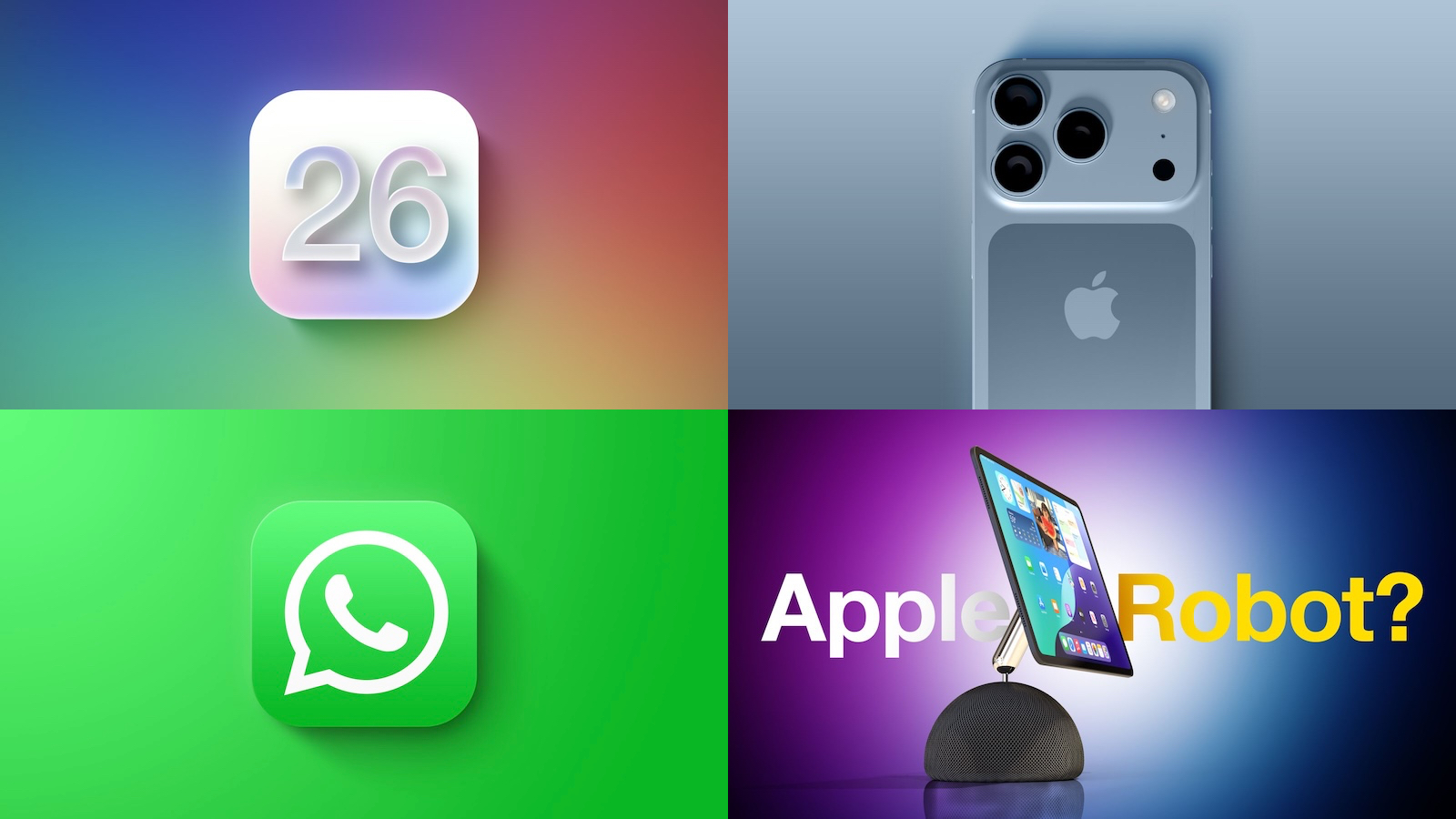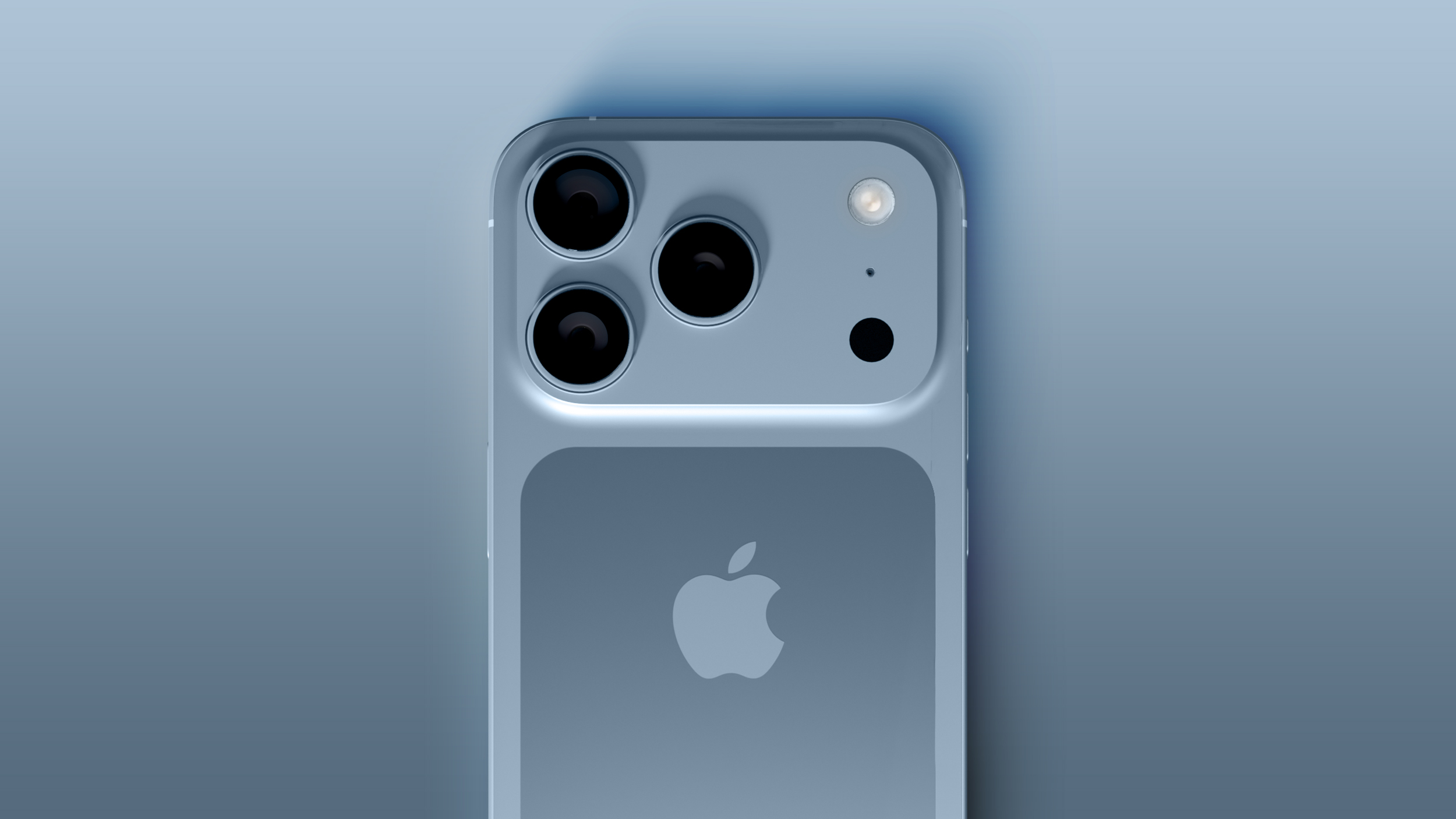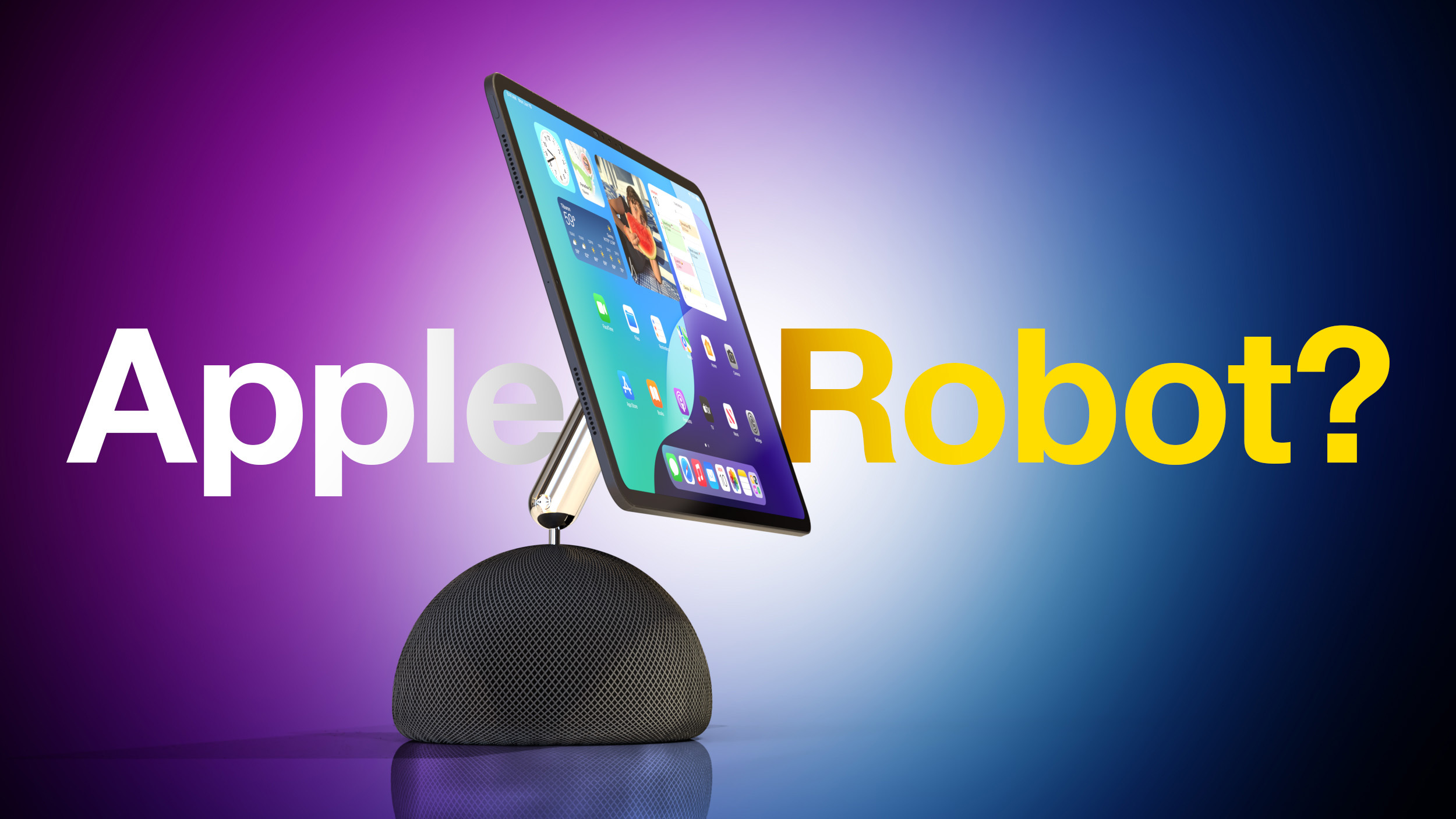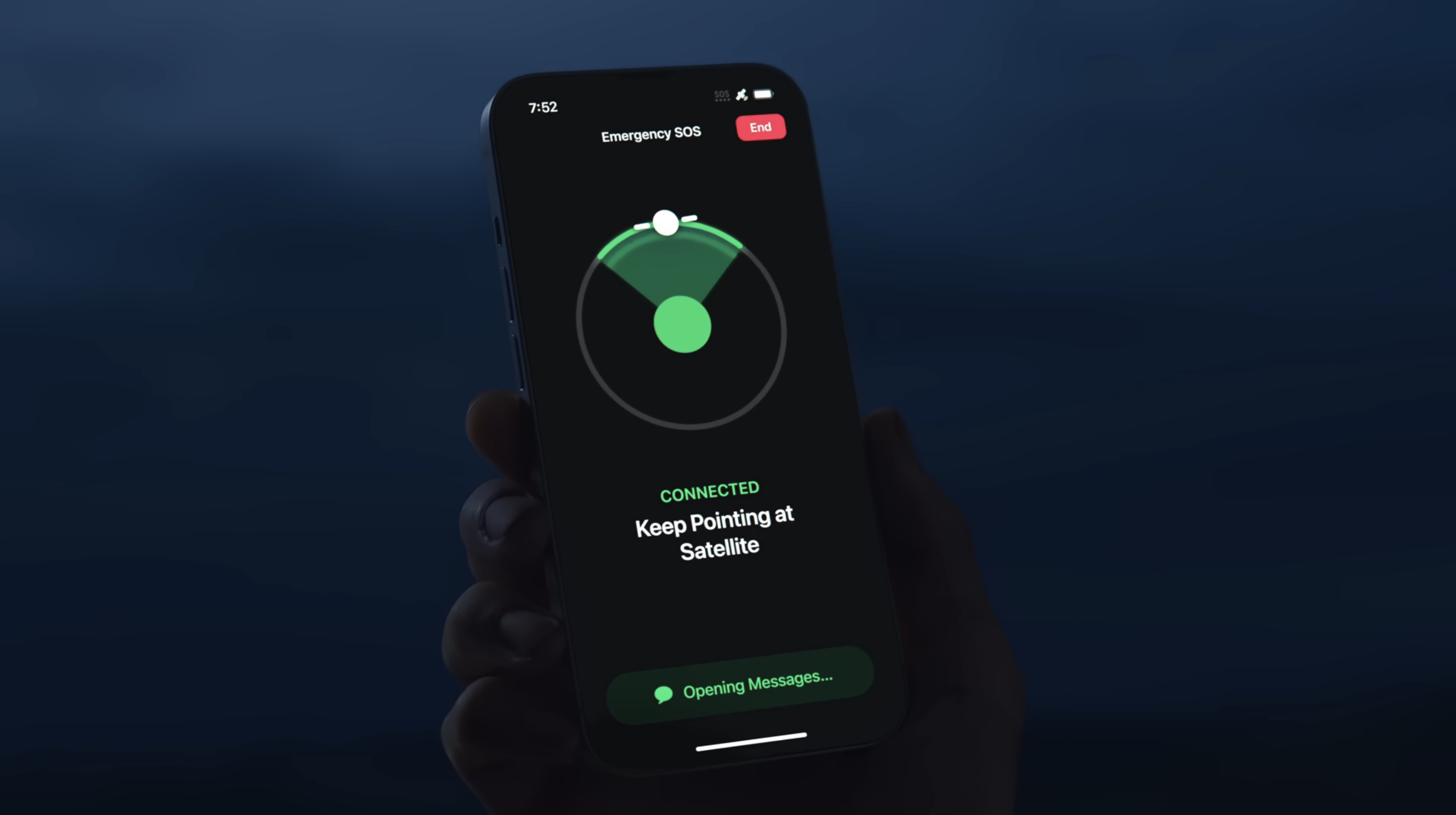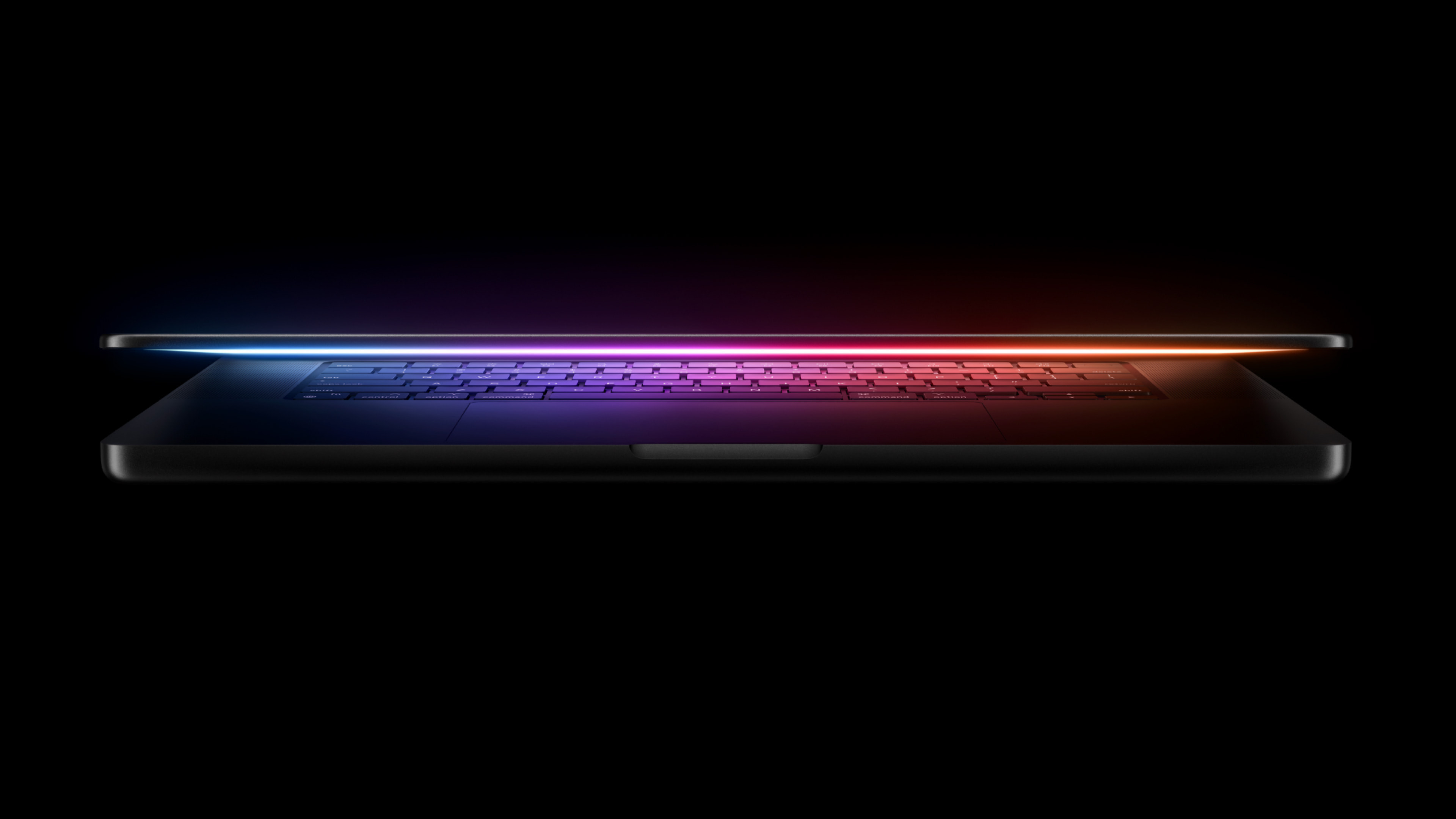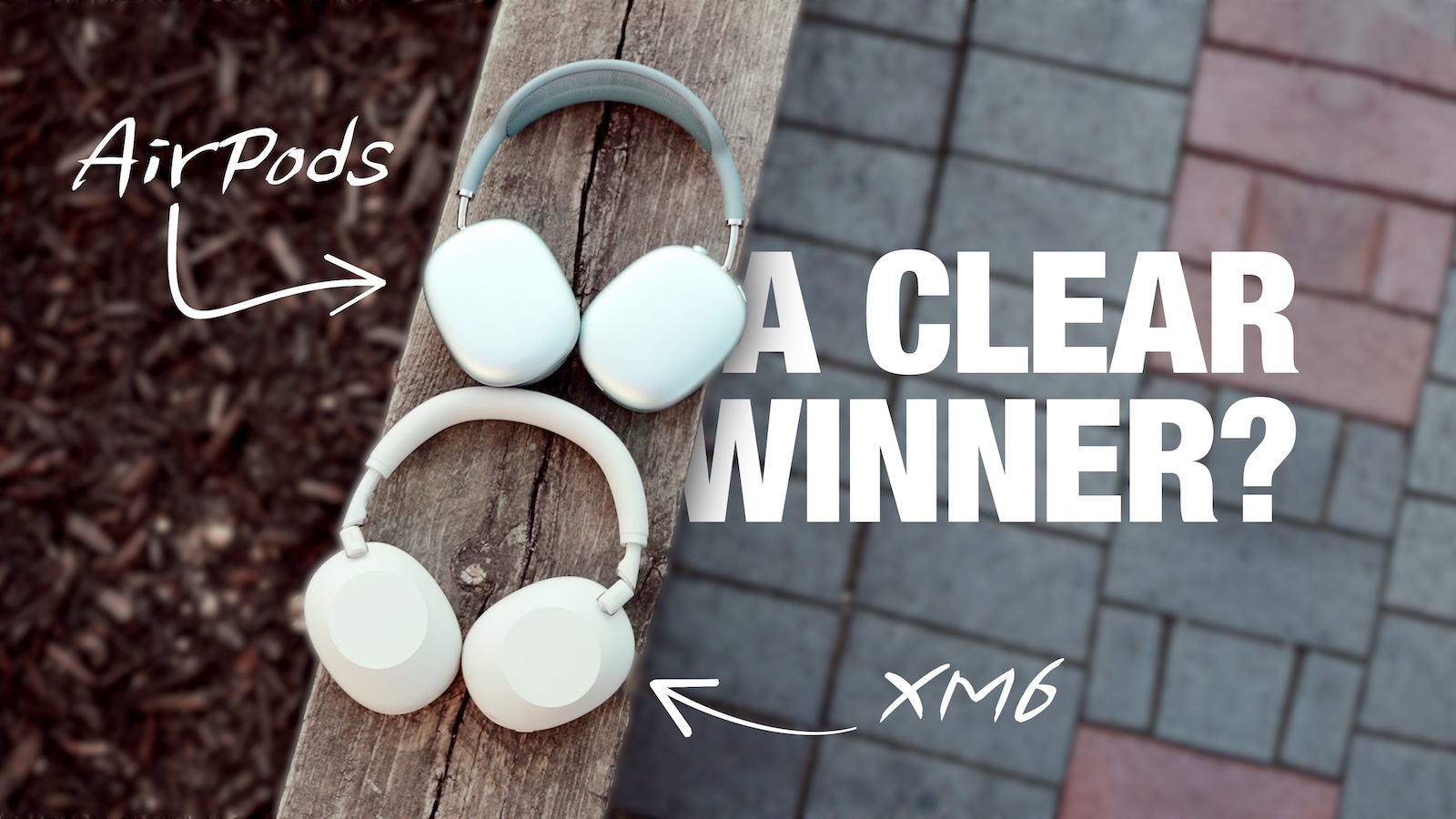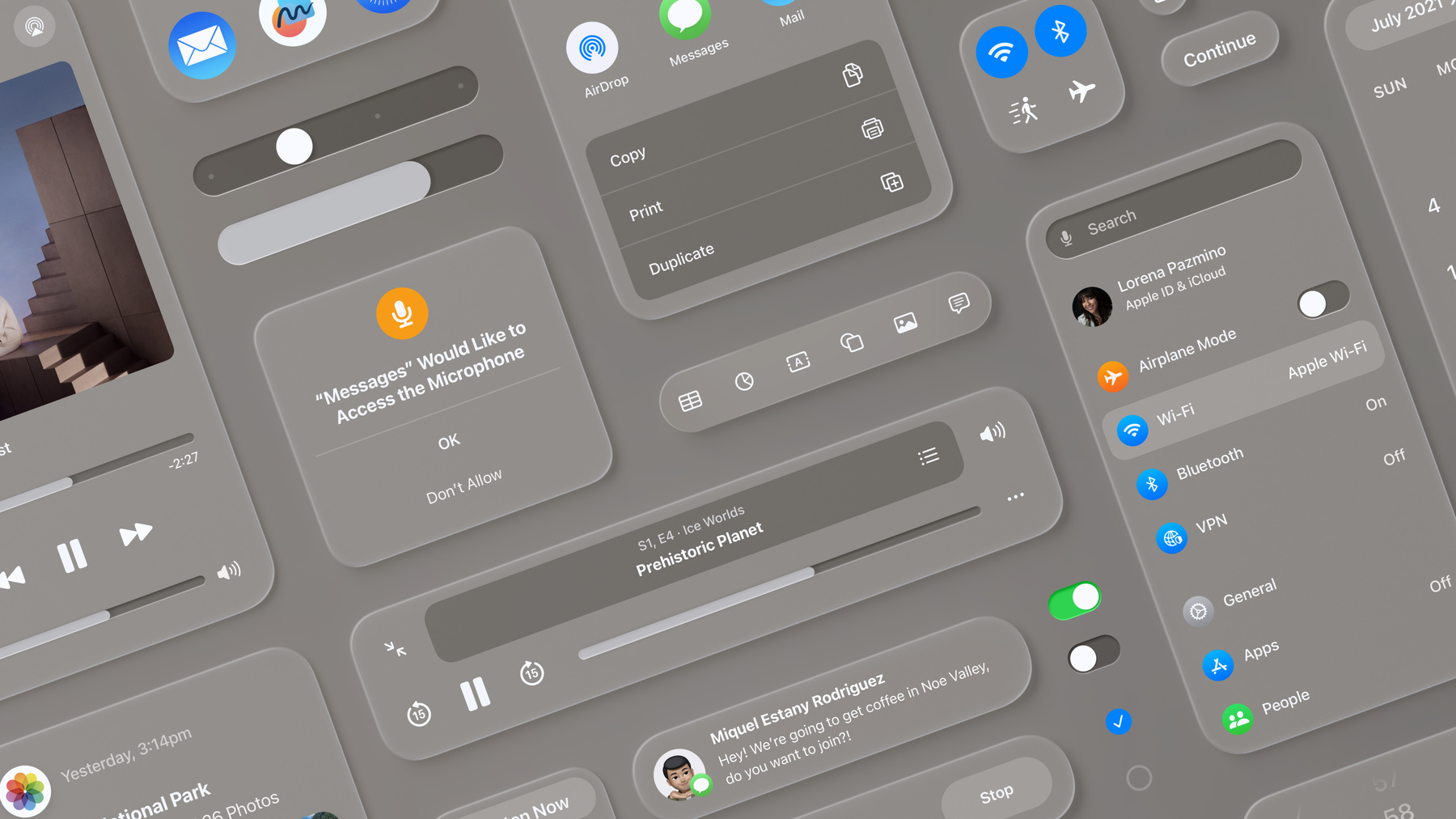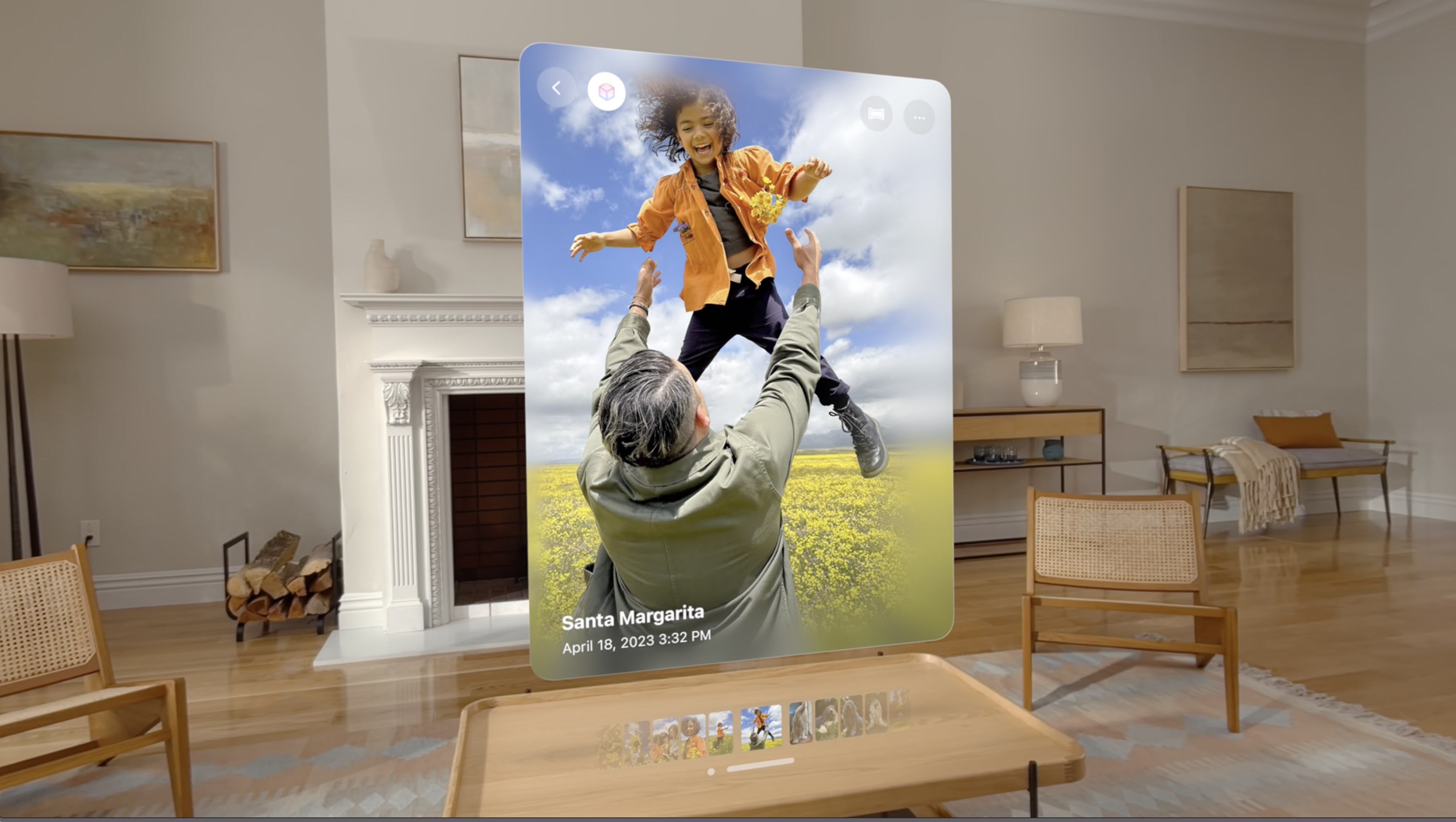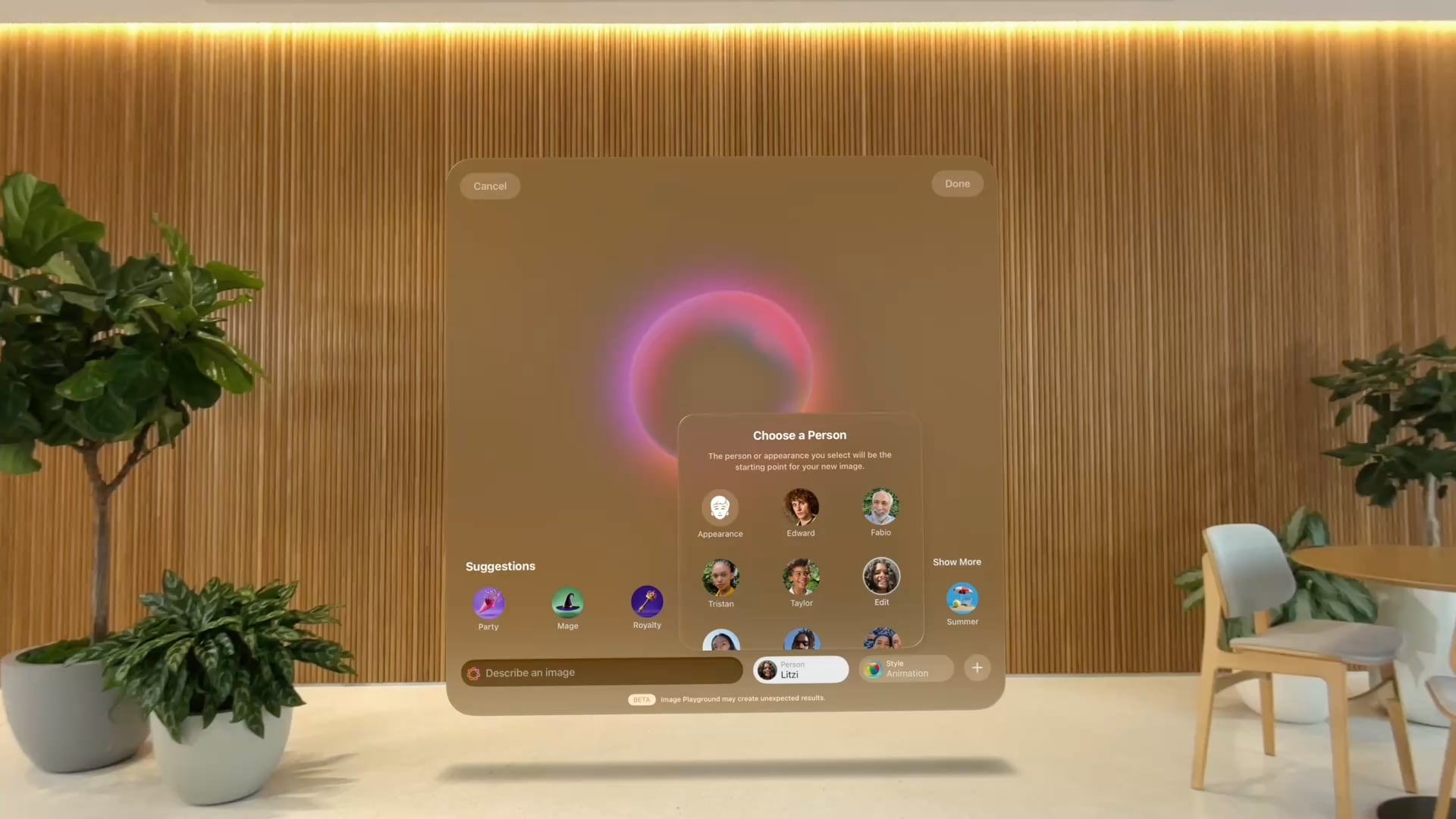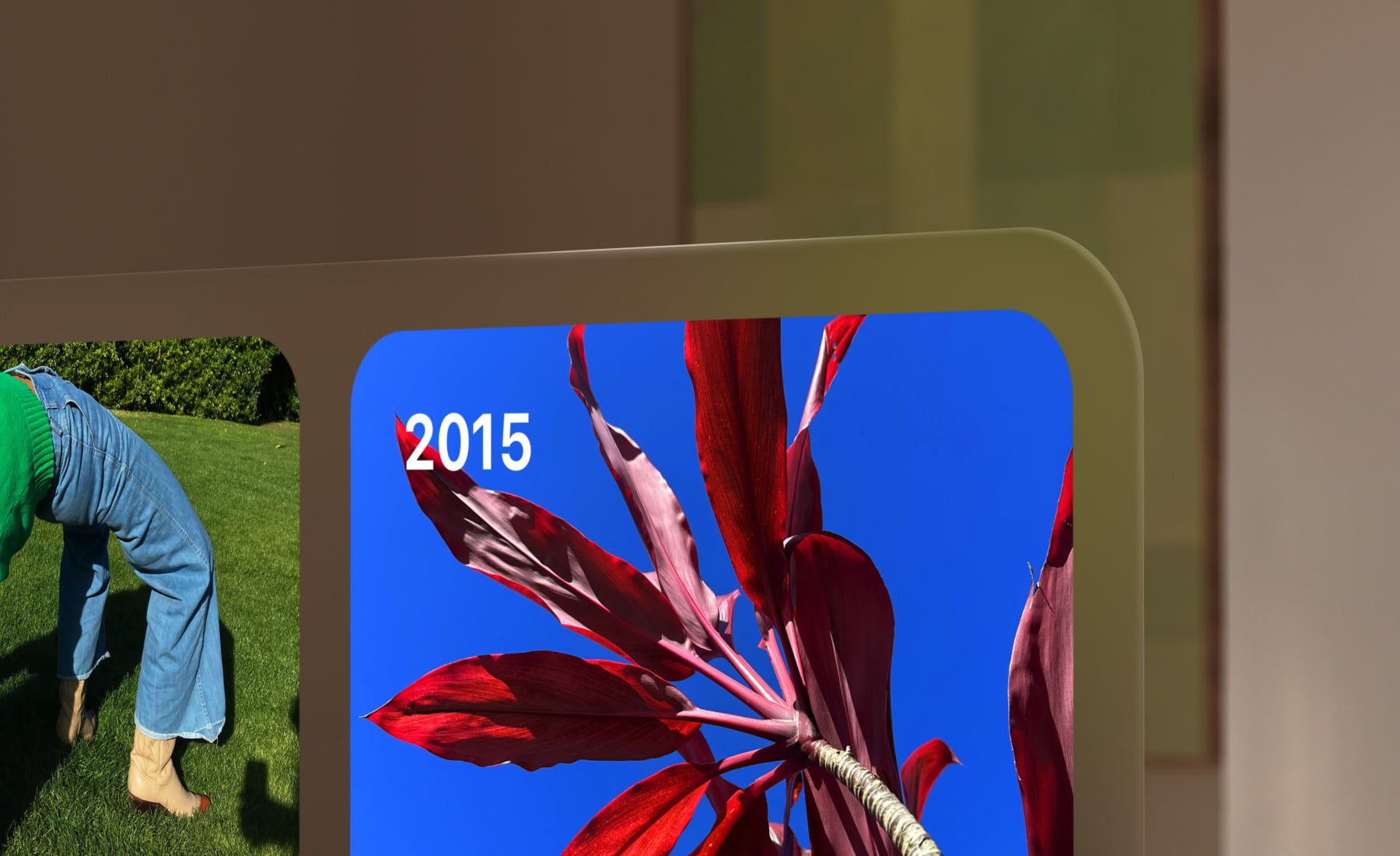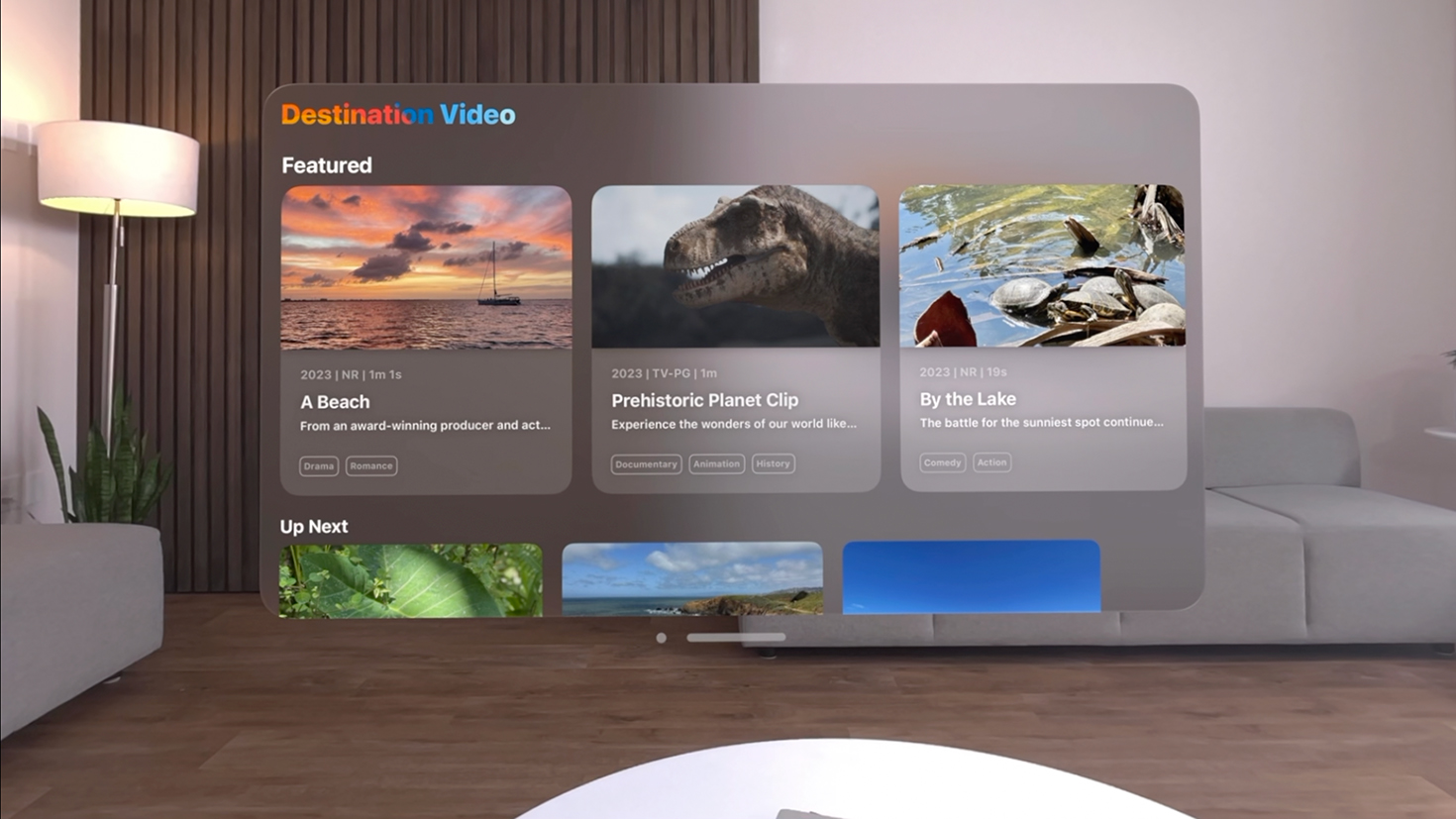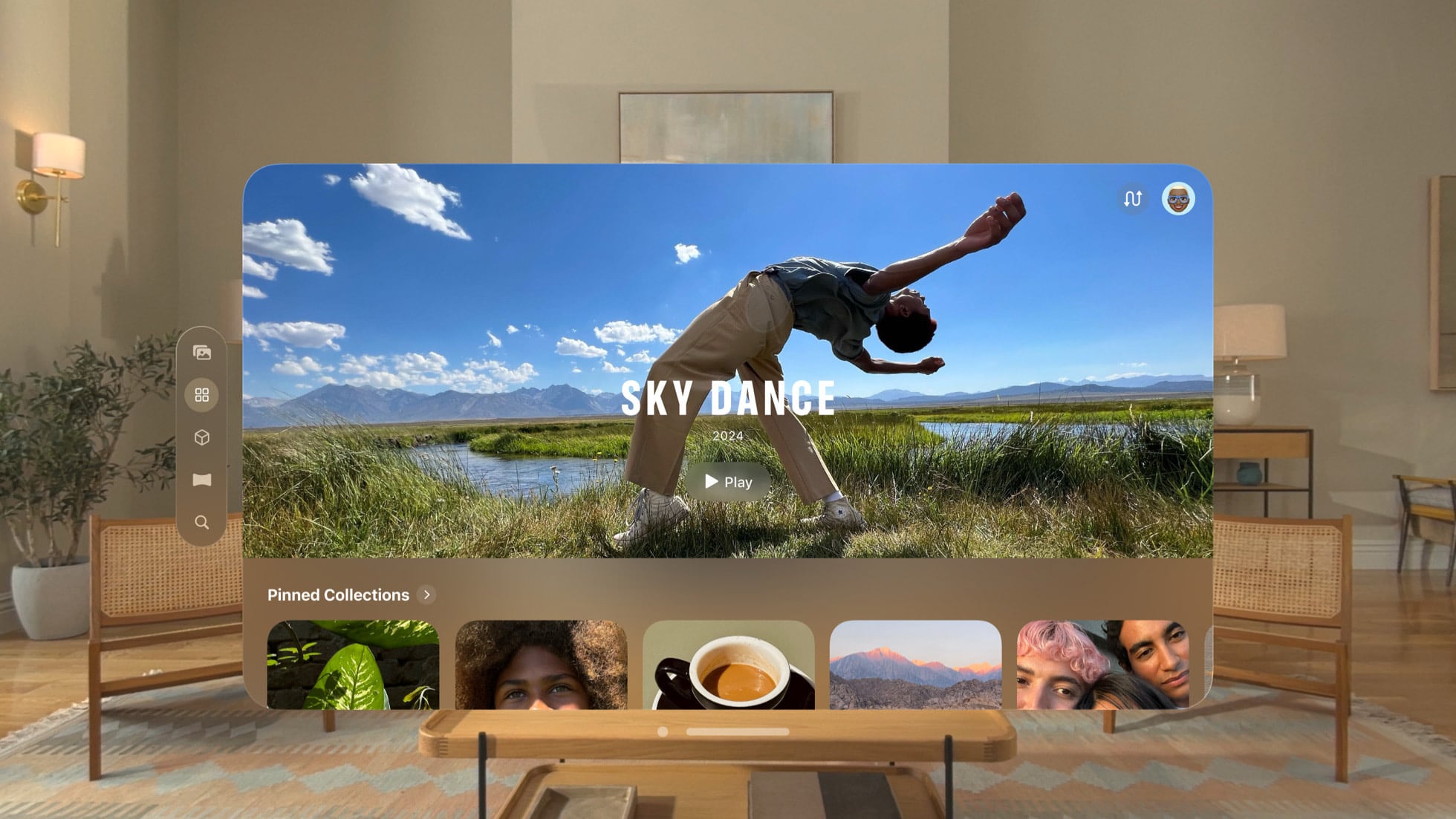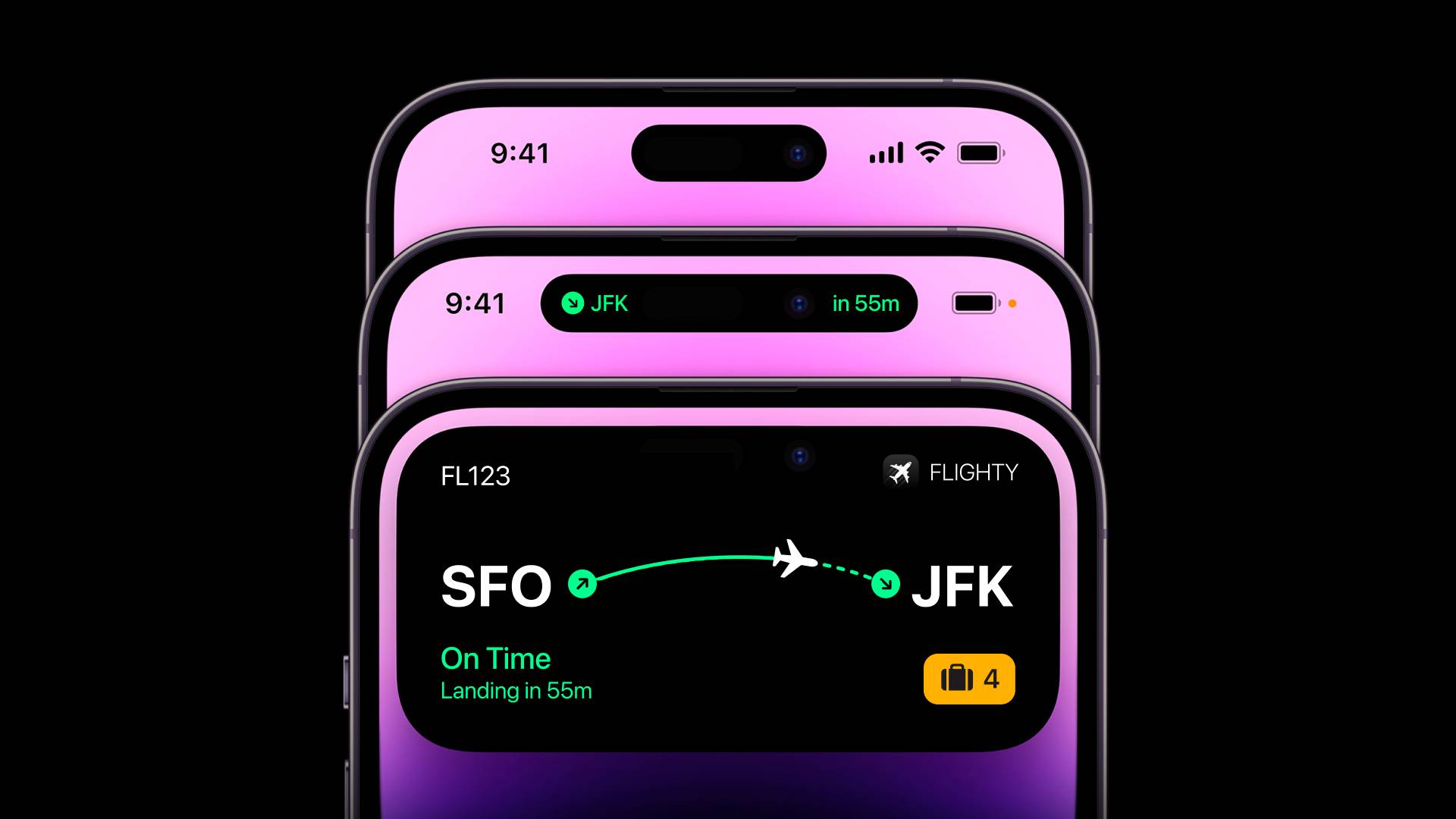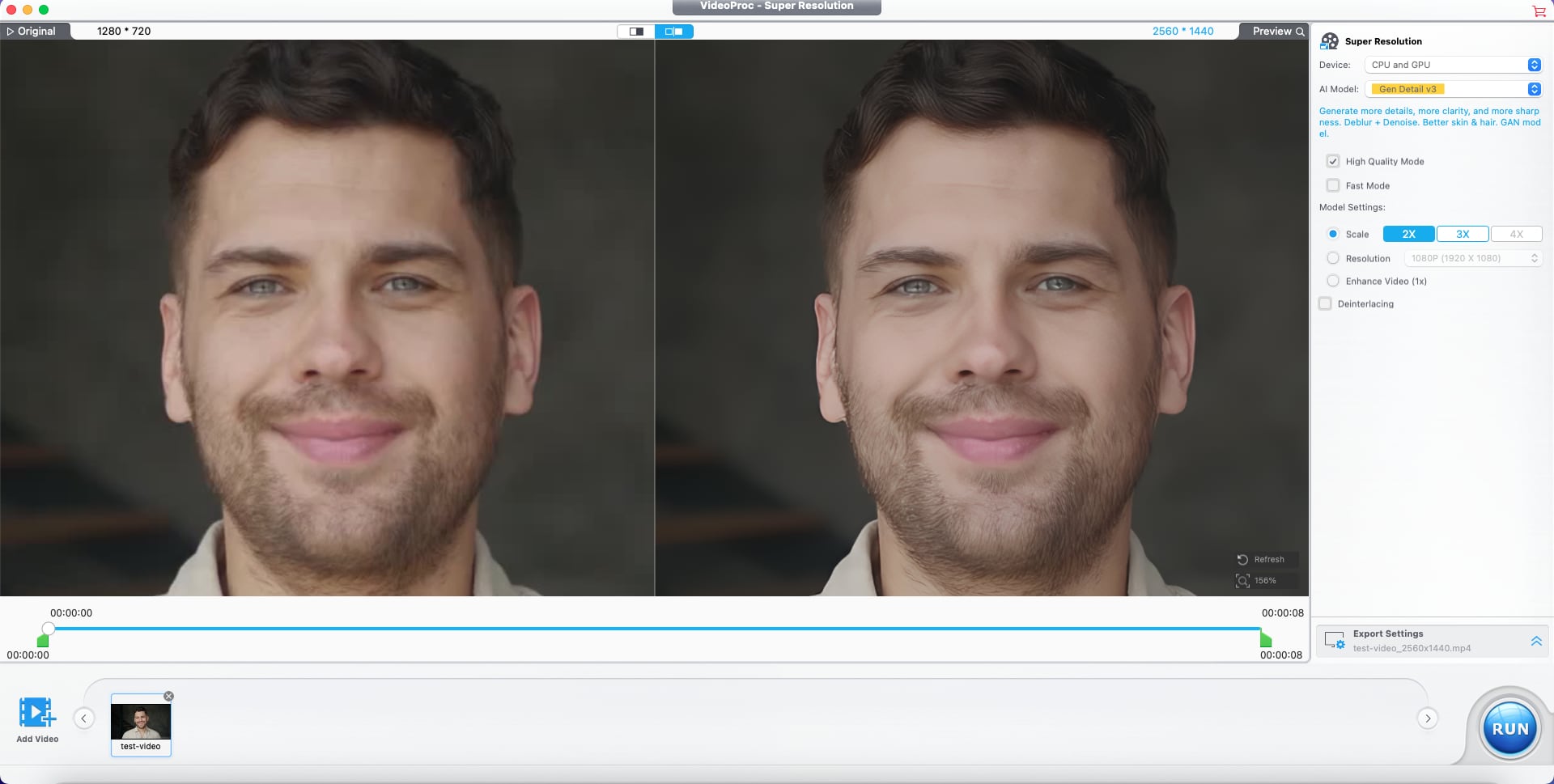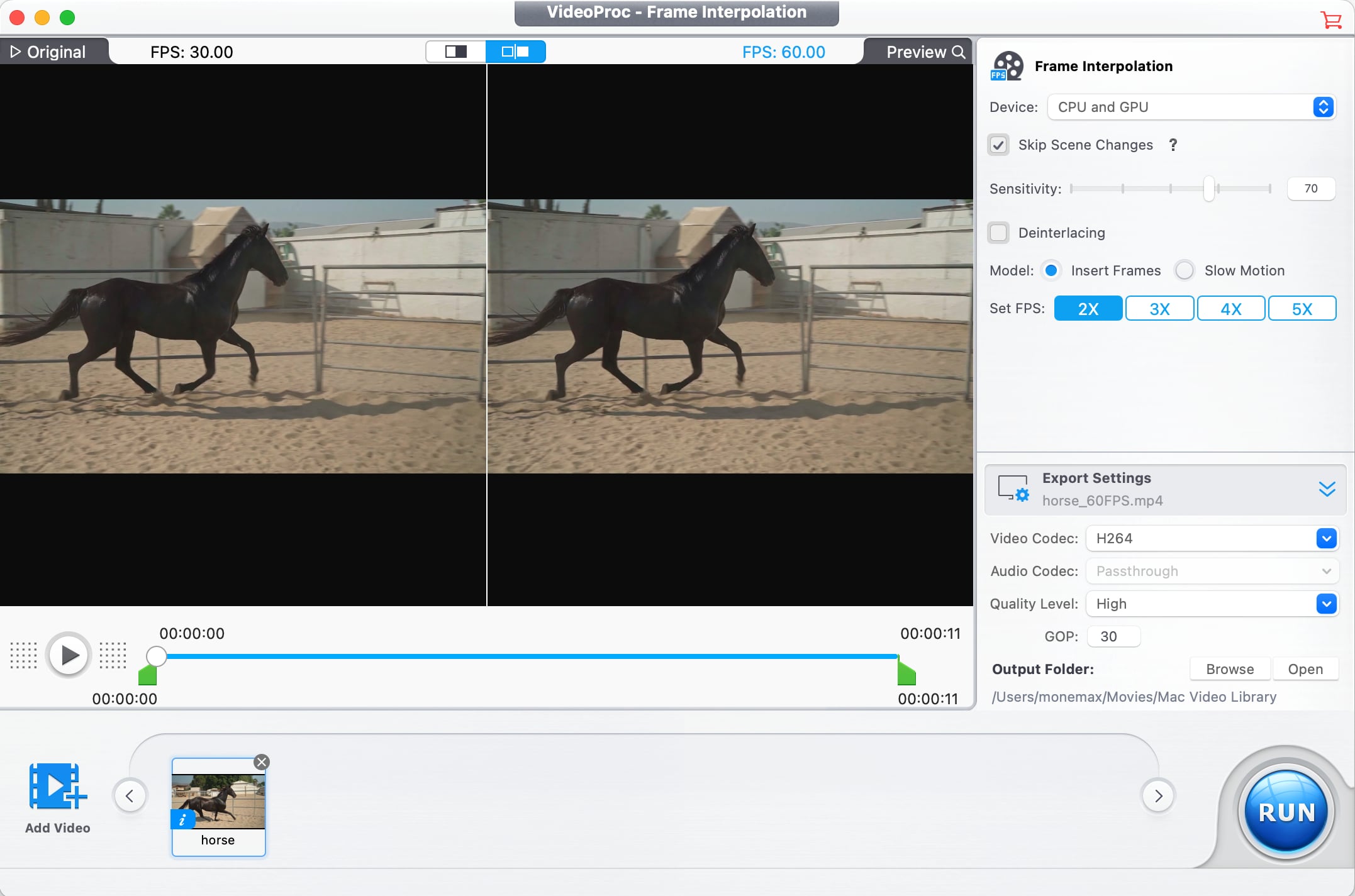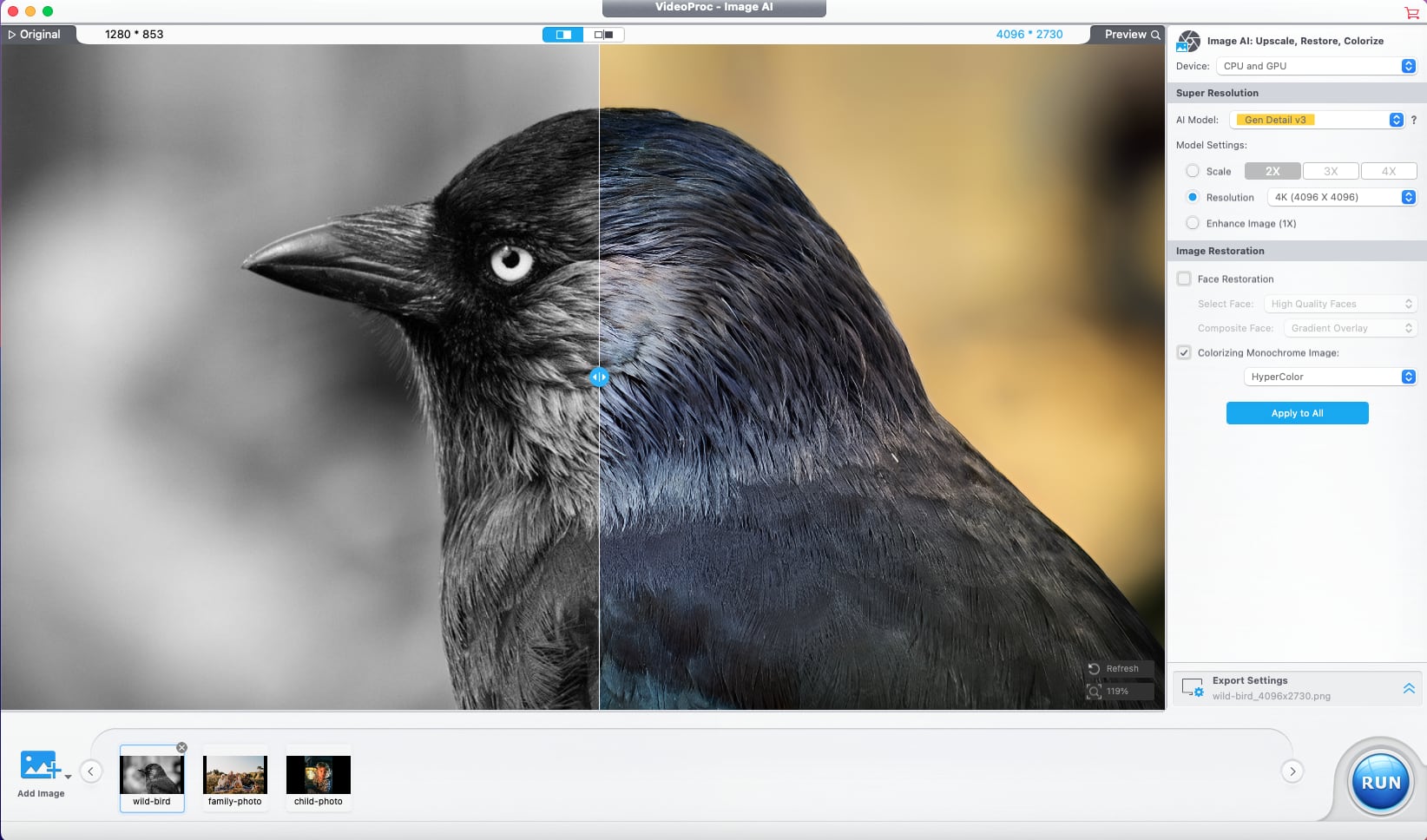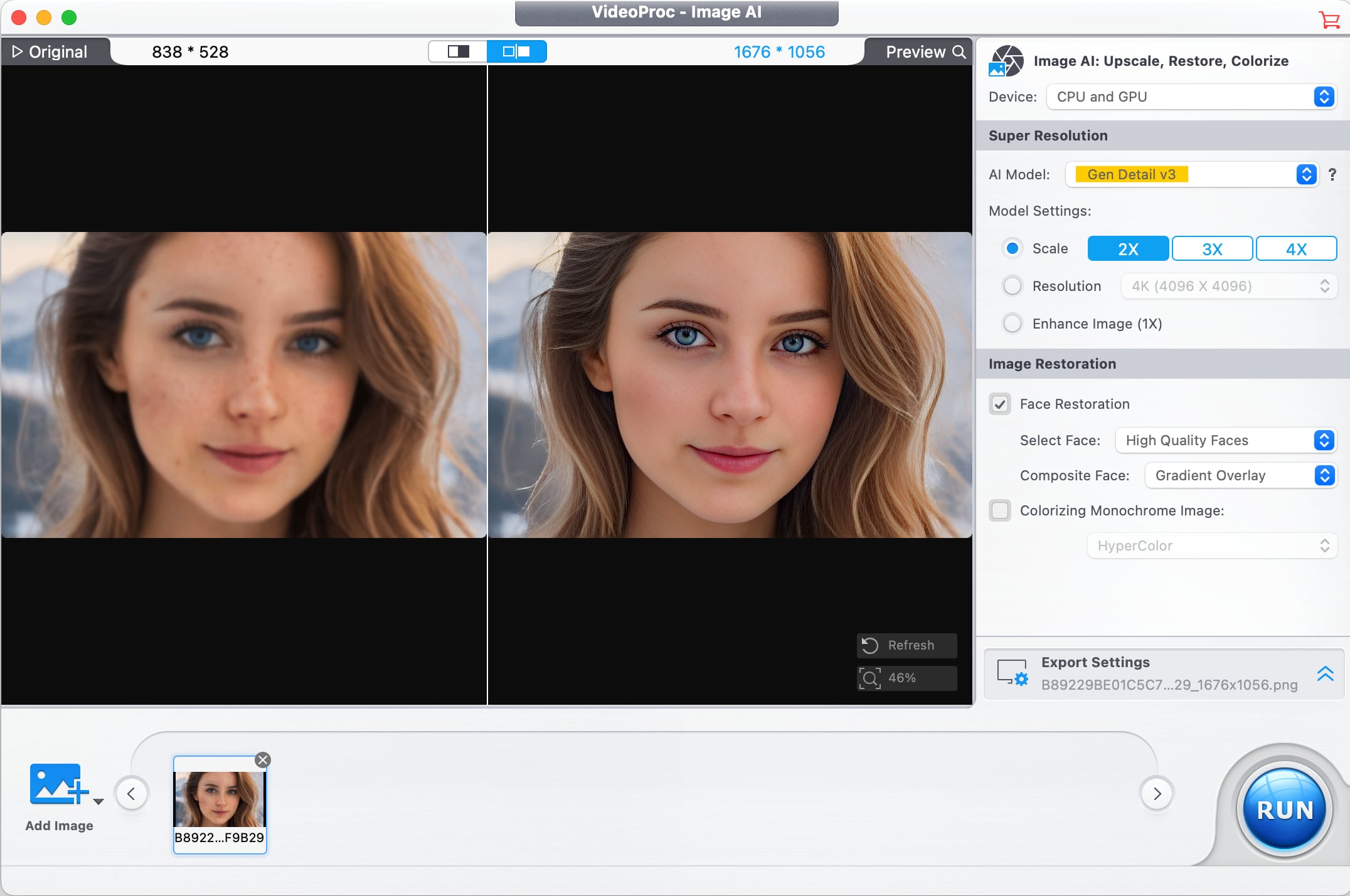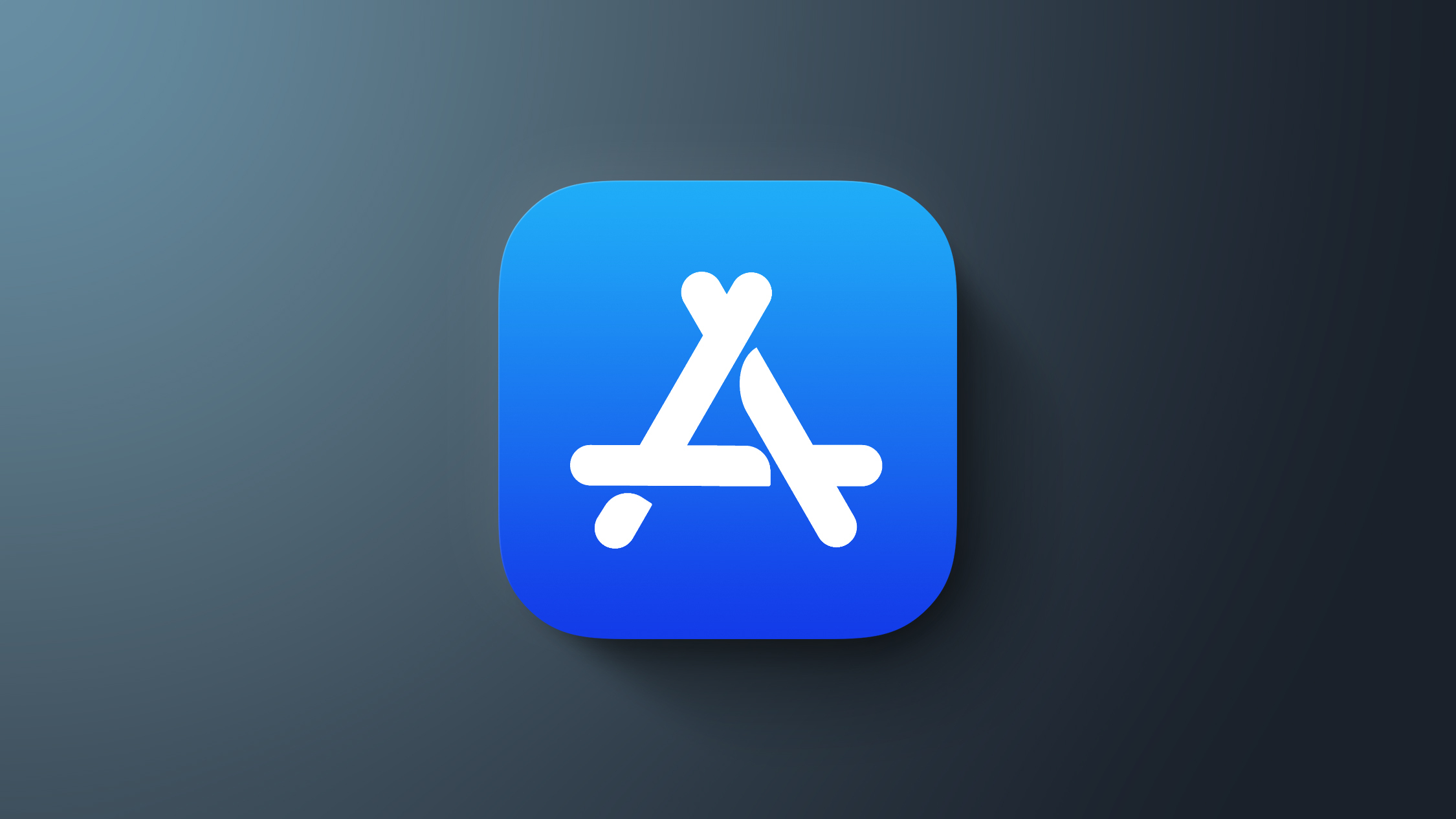Testing Samsung's Super Thin Galaxy S25 Edge
Samsung recently launched the Galaxy S25 Edge, a super thin smartphone that will compete with Apple's upcoming iPhone 17 Air. To see what it's like using such a thin phone, MacRumors video editor Dan Barbera used it as his main device for two weeks to see what it might be like to use Apple's equivalent later this year.
The Galaxy S25 Edge has a 6.7-inch display, so it's a larger smartphone, but because it's so thin and light, it's easy to hold. It's just 5.8mm thick and it weighs 163 grams, and it's so light that it almost feels like a plastic dummy phone. Apple's iPhone 17 Air could be even thinner at 5.5mm, and it will have a similar display size at 6.6 inches, so it should be a lot like the S25 Edge.
These super thin smartphones need to be used without a case to get the full effect, since a case is just going to increase the weight and thickness. A slim case might not be too bad, but it seems silly to shell out money for a super thin smartphone just to stick it inside a thick case.
With such a thin body, the Galaxy S25 Edge doesn't have as much room for a battery as other Samsung smartphones, so battery life is lacking. It's still possible to get through the day without a charge, but if you're a heavy user, you're probably going to need to top up your battery every so often during the day. Samsung has battery optimization settings that prioritize battery life, but those options affect game performance.
Apple will likely have some of the same issues with battery life, though optimizations are being implemented through AI battery settings in iOS 19. The efficiency of the C1 modem that the iPhone 17 Air will use will also help, plus Apple is going to sell an add-on battery pack alongside it.
Camera functionality is a tradeoff on the Galaxy S25 Edge, because it only has the 200-megapixel main lens and a 12-megapixel ultra wide lens with no telephoto lens. Other Samsung devices have triple-lens camera setups. The iPhone 17 Air will suffer from the same issue, and it's only going to get a single-lens main camera due to space constraints.
Samsung is selling the Galaxy S25 Edge for $1,100, which is not too far off from the higher-end and more feature rich Galaxy smartphones. Apple's iPhone 17 Air could come in cheaper at around $899, but that pricing plan was before any potential increases due to tariffs.
Do you plan to get the iPhone 17 Air this year? How do you think it will measure up to the S25 Edge? Let us know in the comments below.
This article, "Testing Samsung's Super Thin Galaxy S25 Edge" first appeared on MacRumors.com
Discuss this article in our forums
Subscribe to the MacRumors YouTube channel for more videos.
The Galaxy S25 Edge has a 6.7-inch display, so it's a larger smartphone, but because it's so thin and light, it's easy to hold. It's just 5.8mm thick and it weighs 163 grams, and it's so light that it almost feels like a plastic dummy phone. Apple's iPhone 17 Air could be even thinner at 5.5mm, and it will have a similar display size at 6.6 inches, so it should be a lot like the S25 Edge.
These super thin smartphones need to be used without a case to get the full effect, since a case is just going to increase the weight and thickness. A slim case might not be too bad, but it seems silly to shell out money for a super thin smartphone just to stick it inside a thick case.
With such a thin body, the Galaxy S25 Edge doesn't have as much room for a battery as other Samsung smartphones, so battery life is lacking. It's still possible to get through the day without a charge, but if you're a heavy user, you're probably going to need to top up your battery every so often during the day. Samsung has battery optimization settings that prioritize battery life, but those options affect game performance.
Apple will likely have some of the same issues with battery life, though optimizations are being implemented through AI battery settings in iOS 19. The efficiency of the C1 modem that the iPhone 17 Air will use will also help, plus Apple is going to sell an add-on battery pack alongside it.
Camera functionality is a tradeoff on the Galaxy S25 Edge, because it only has the 200-megapixel main lens and a 12-megapixel ultra wide lens with no telephoto lens. Other Samsung devices have triple-lens camera setups. The iPhone 17 Air will suffer from the same issue, and it's only going to get a single-lens main camera due to space constraints.
Samsung is selling the Galaxy S25 Edge for $1,100, which is not too far off from the higher-end and more feature rich Galaxy smartphones. Apple's iPhone 17 Air could come in cheaper at around $899, but that pricing plan was before any potential increases due to tariffs.
Do you plan to get the iPhone 17 Air this year? How do you think it will measure up to the S25 Edge? Let us know in the comments below.
This article, "Testing Samsung's Super Thin Galaxy S25 Edge" first appeared on MacRumors.com
Discuss this article in our forums
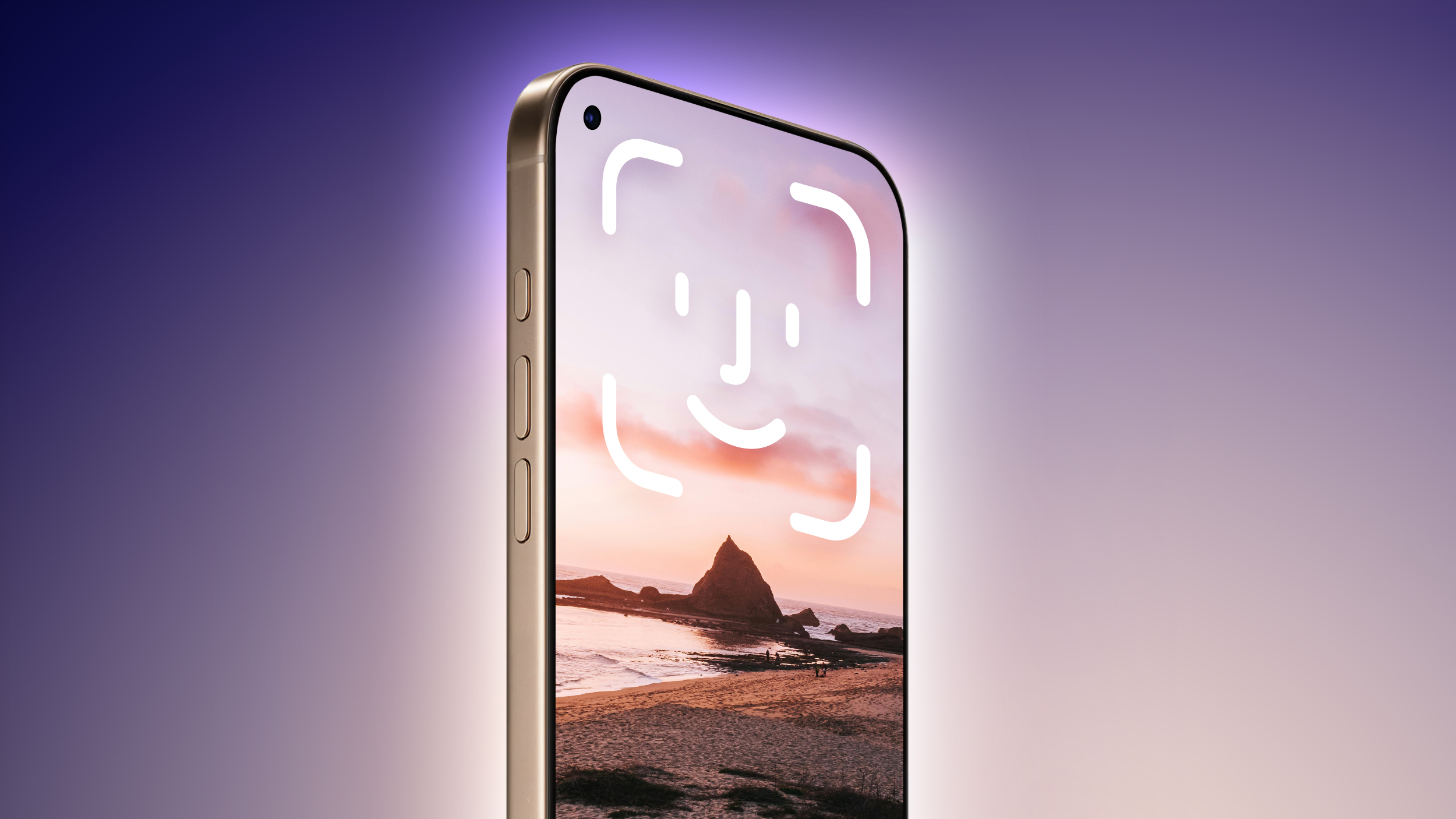
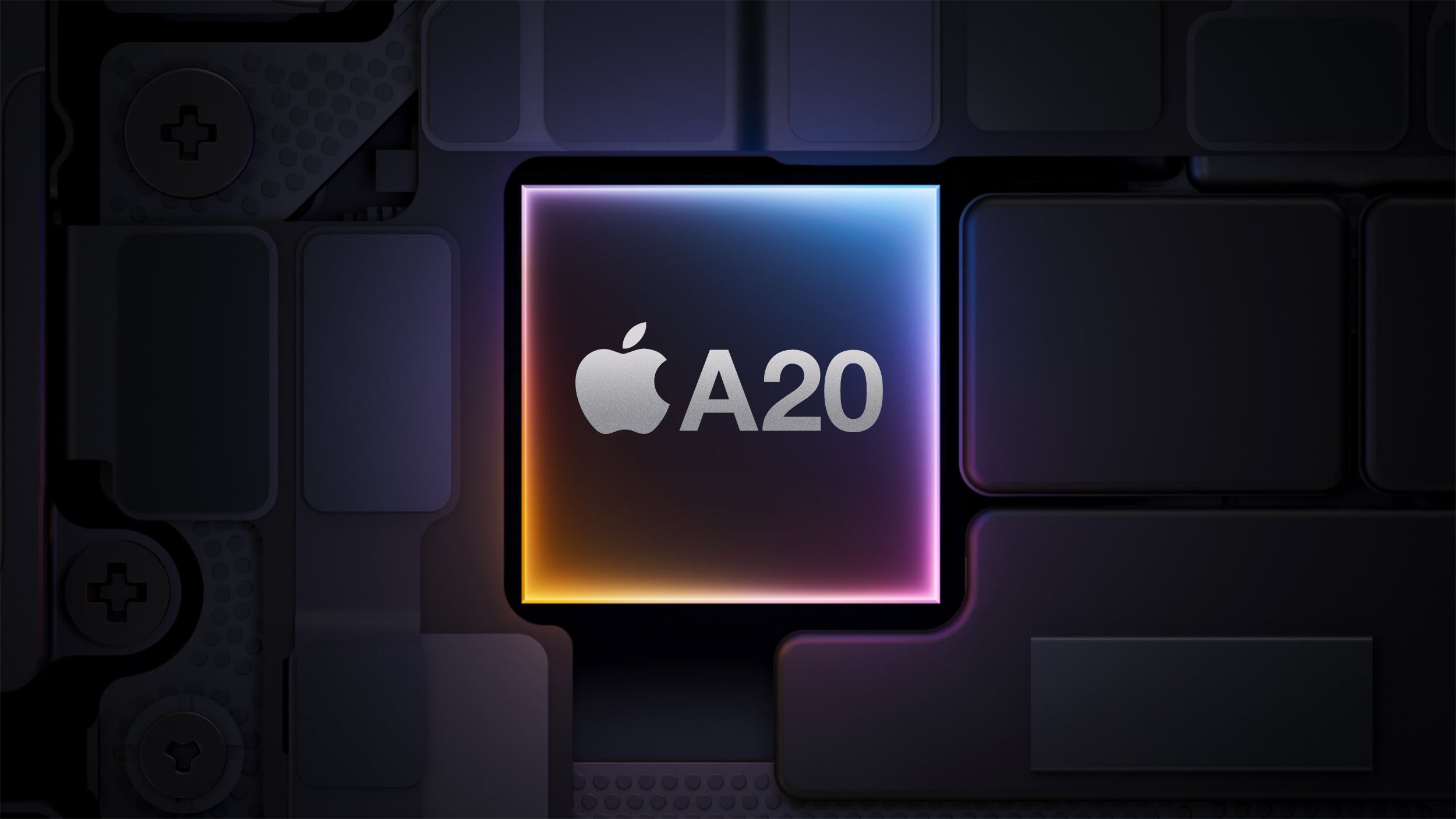
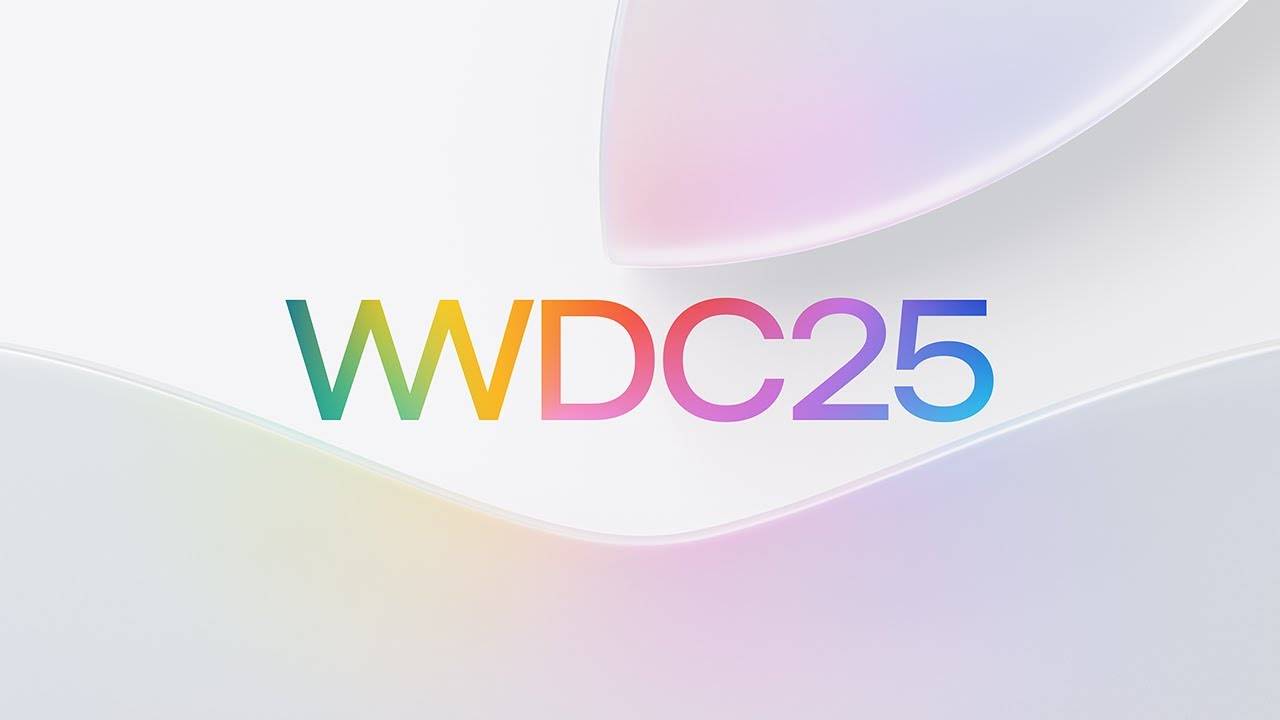
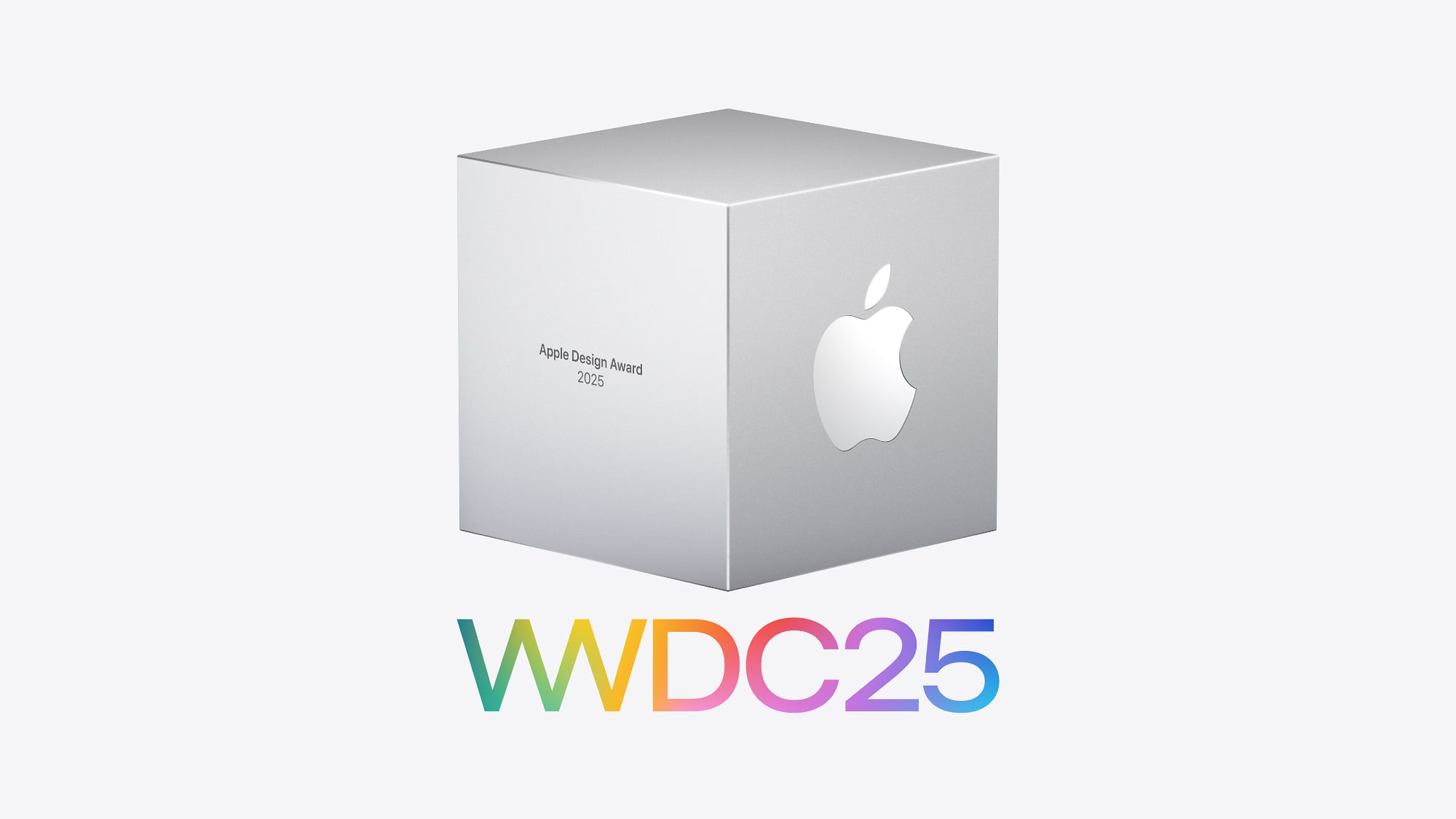




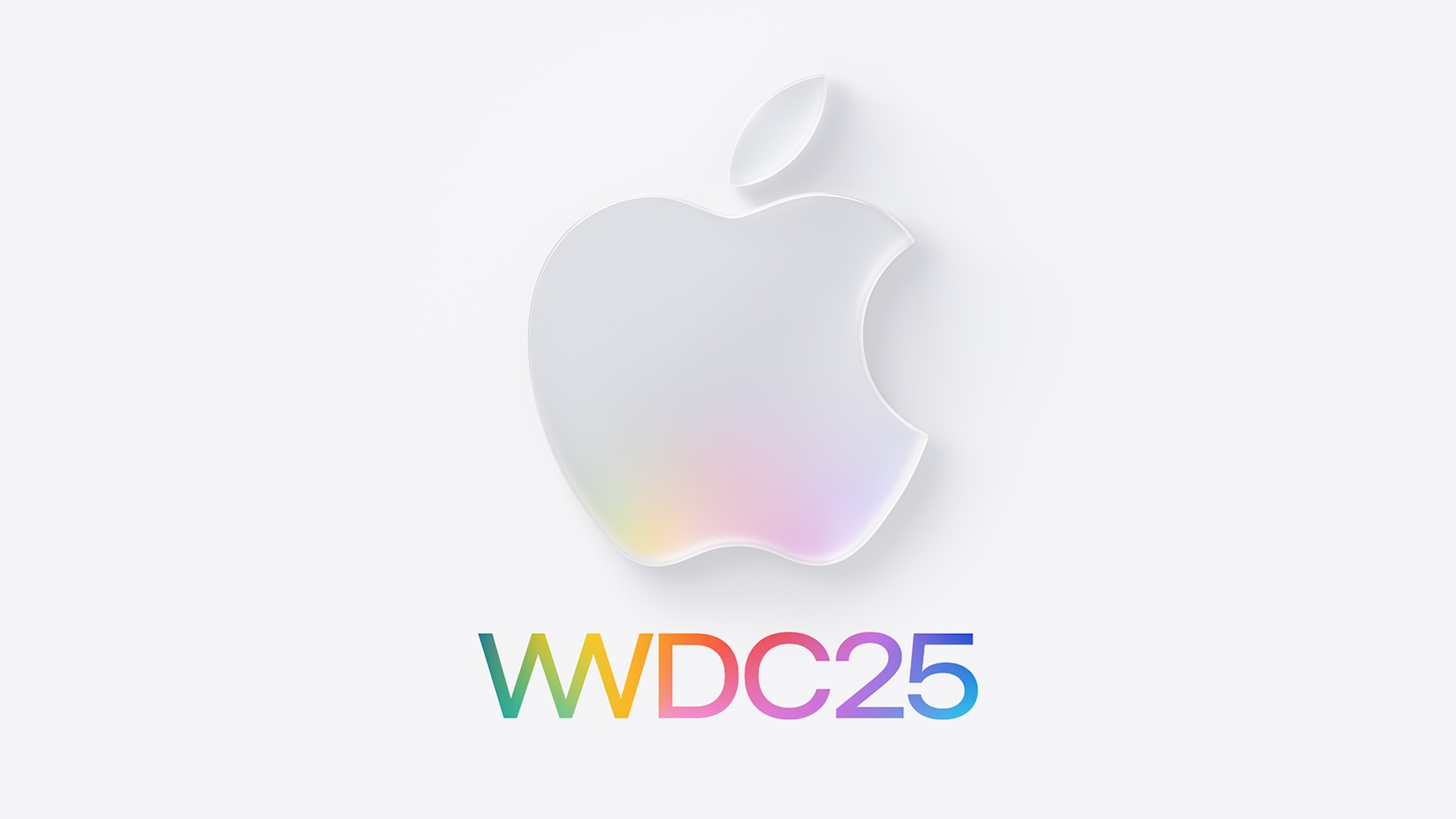
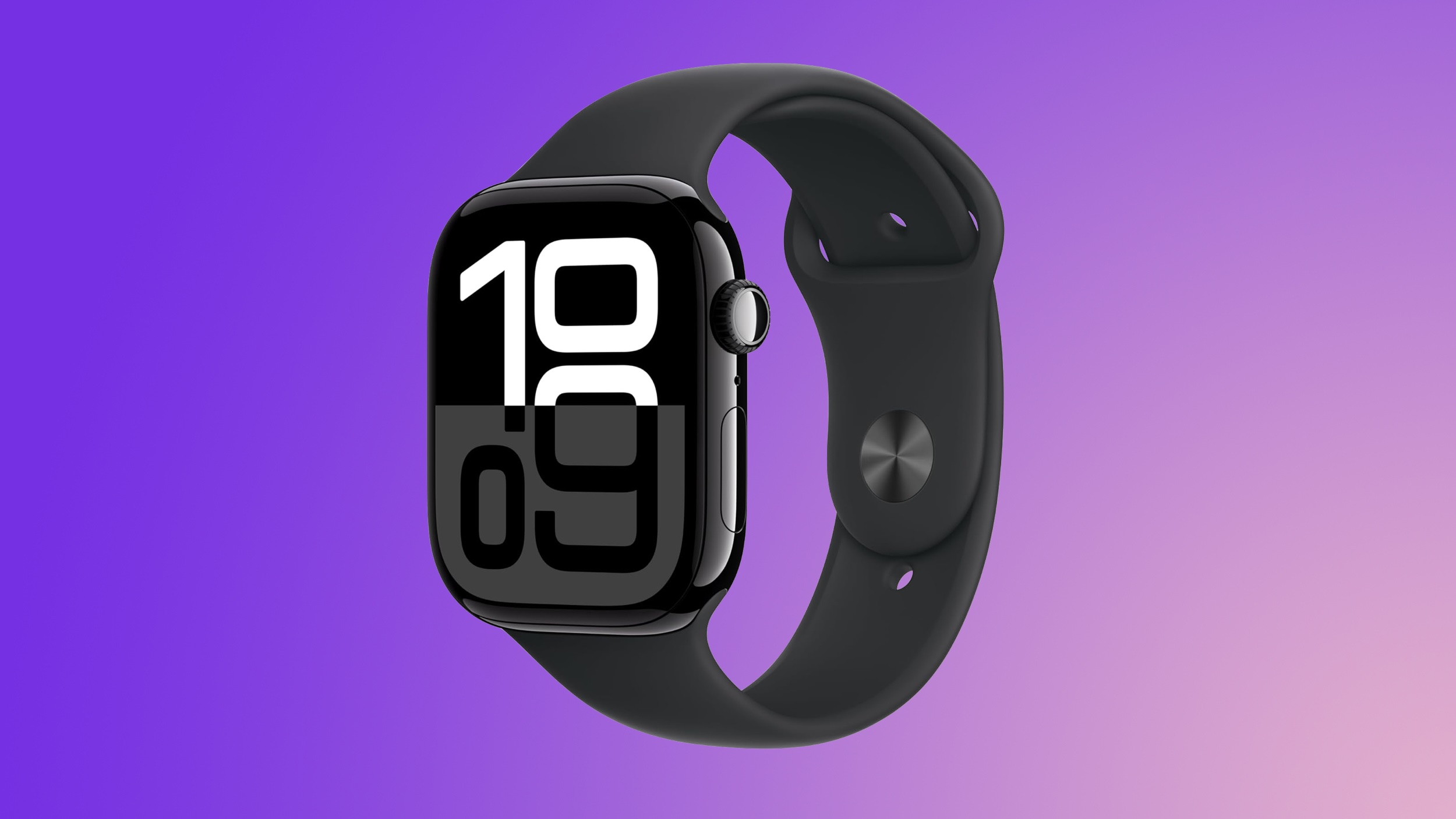 Note: MacRumors is an affiliate partner with Amazon. When you click a link and make a purchase, we may receive a small payment, which helps us keep the site running.
Note: MacRumors is an affiliate partner with Amazon. When you click a link and make a purchase, we may receive a small payment, which helps us keep the site running.
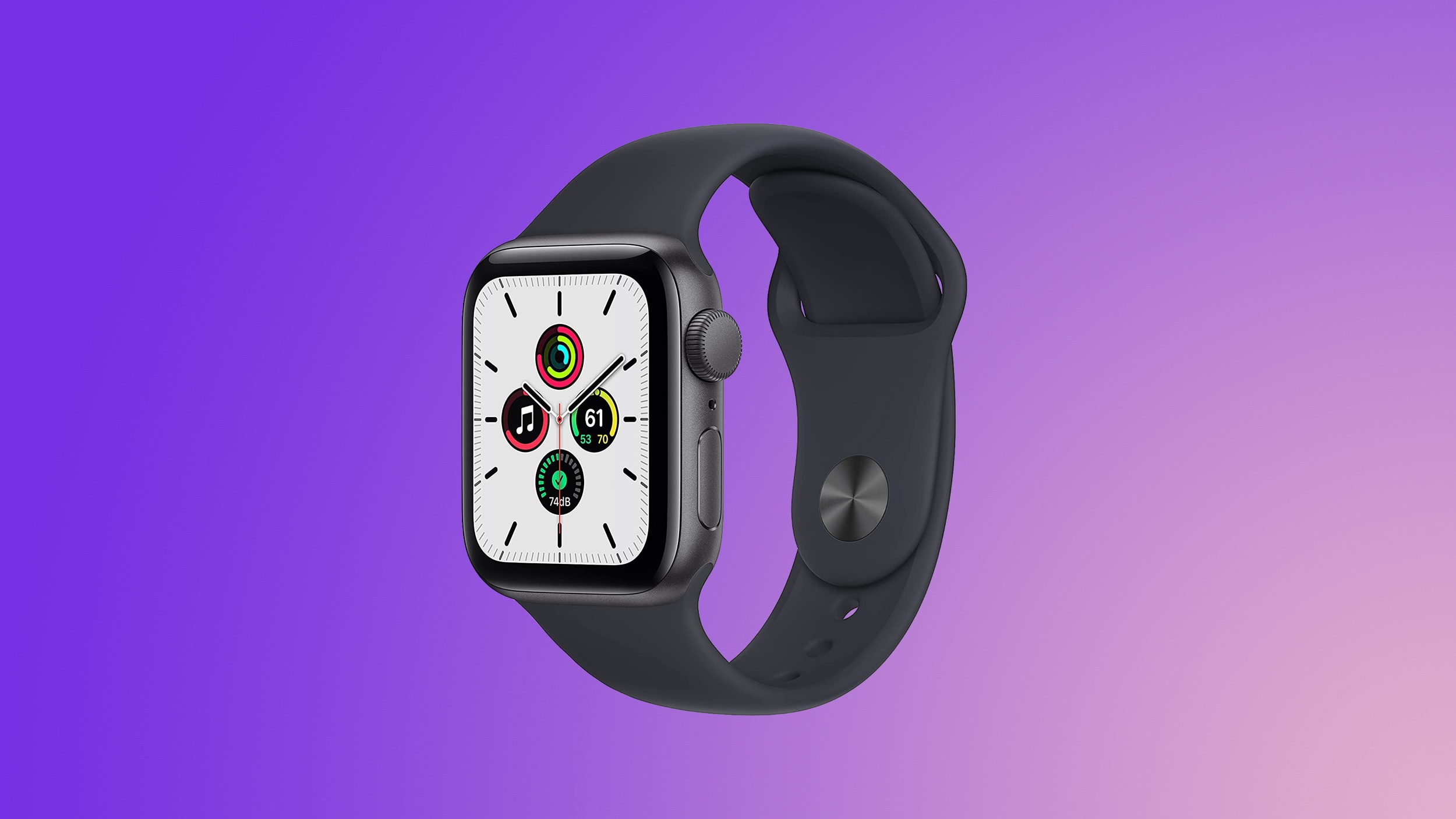
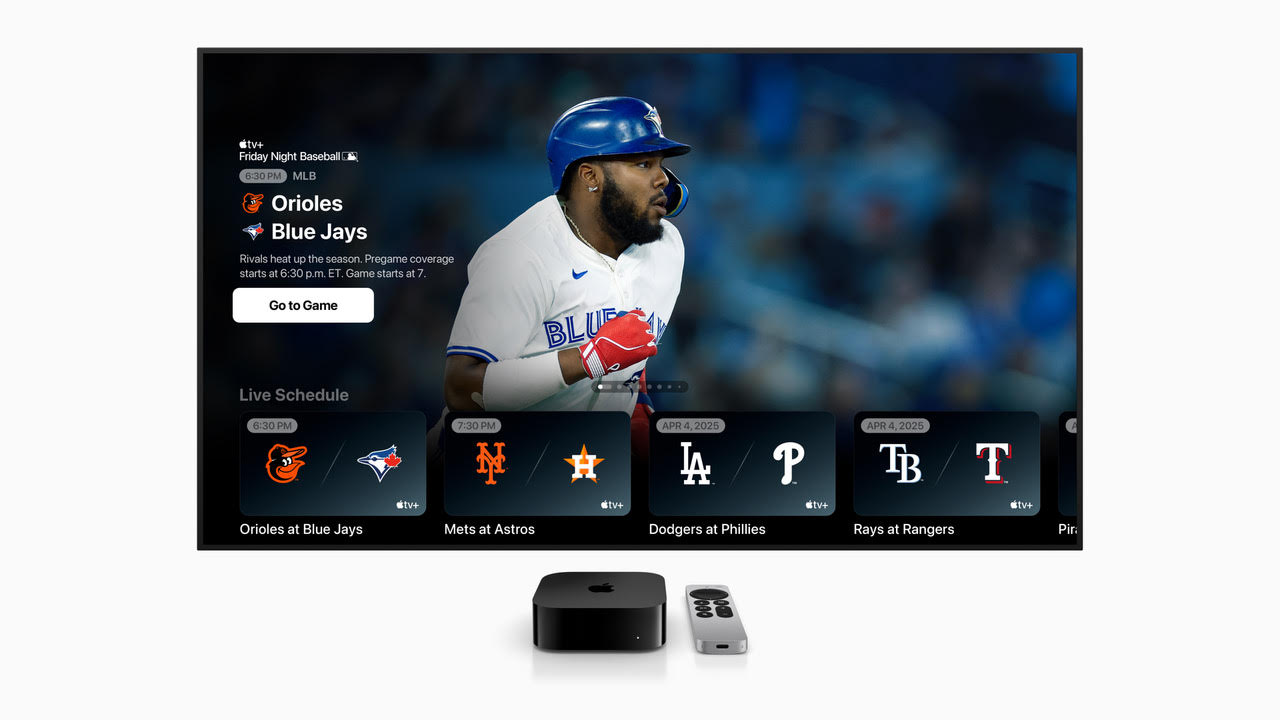
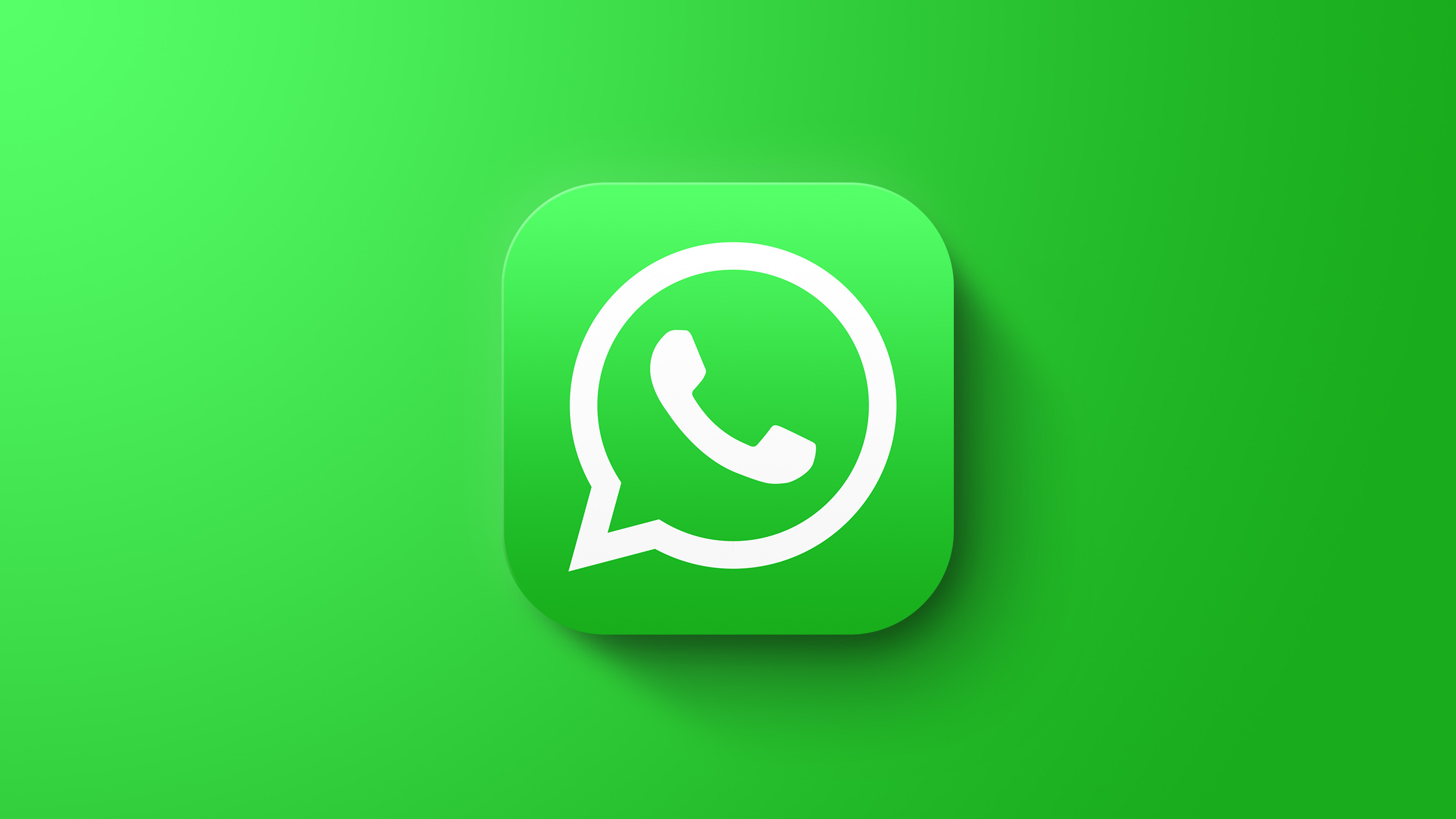

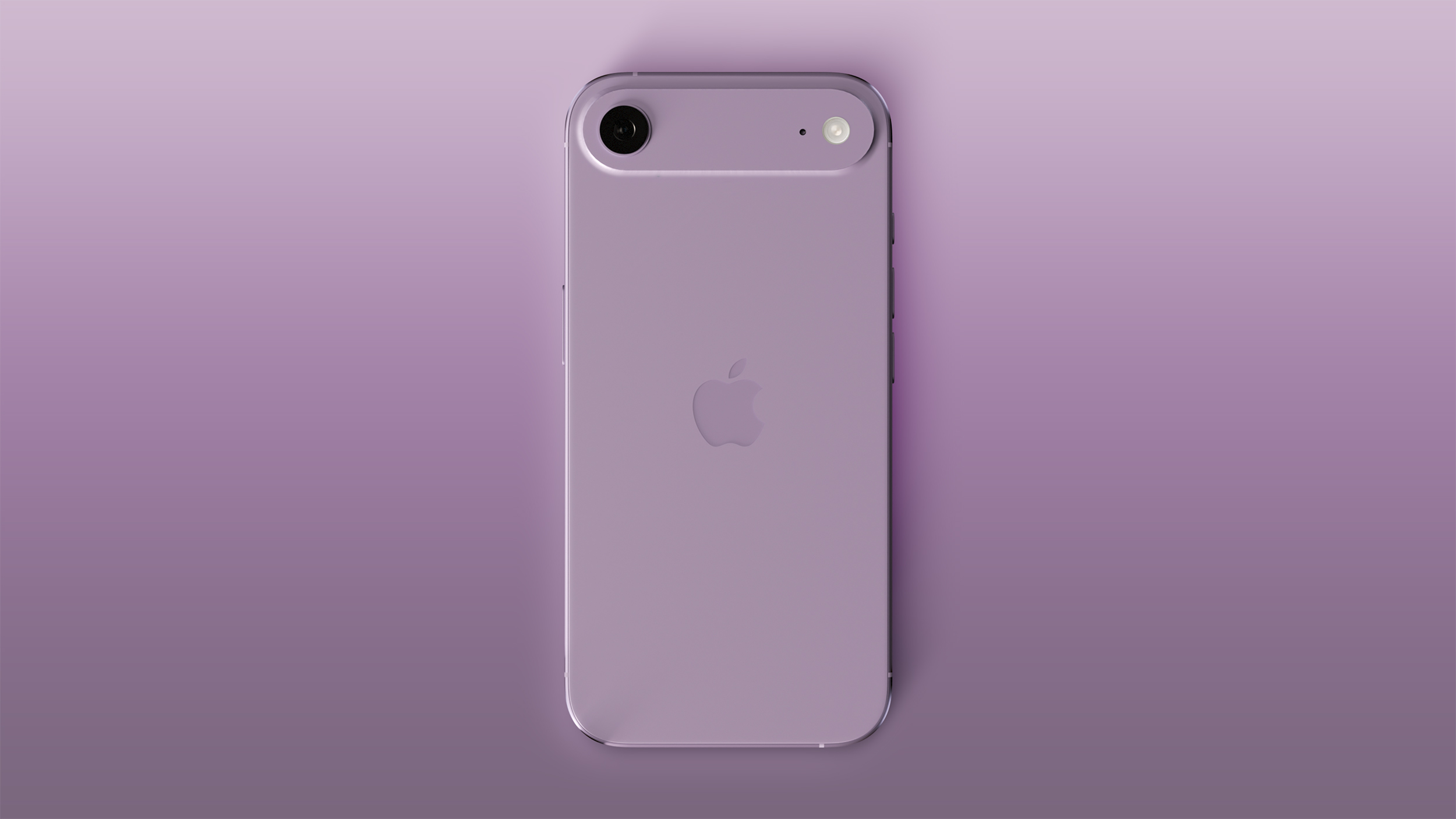

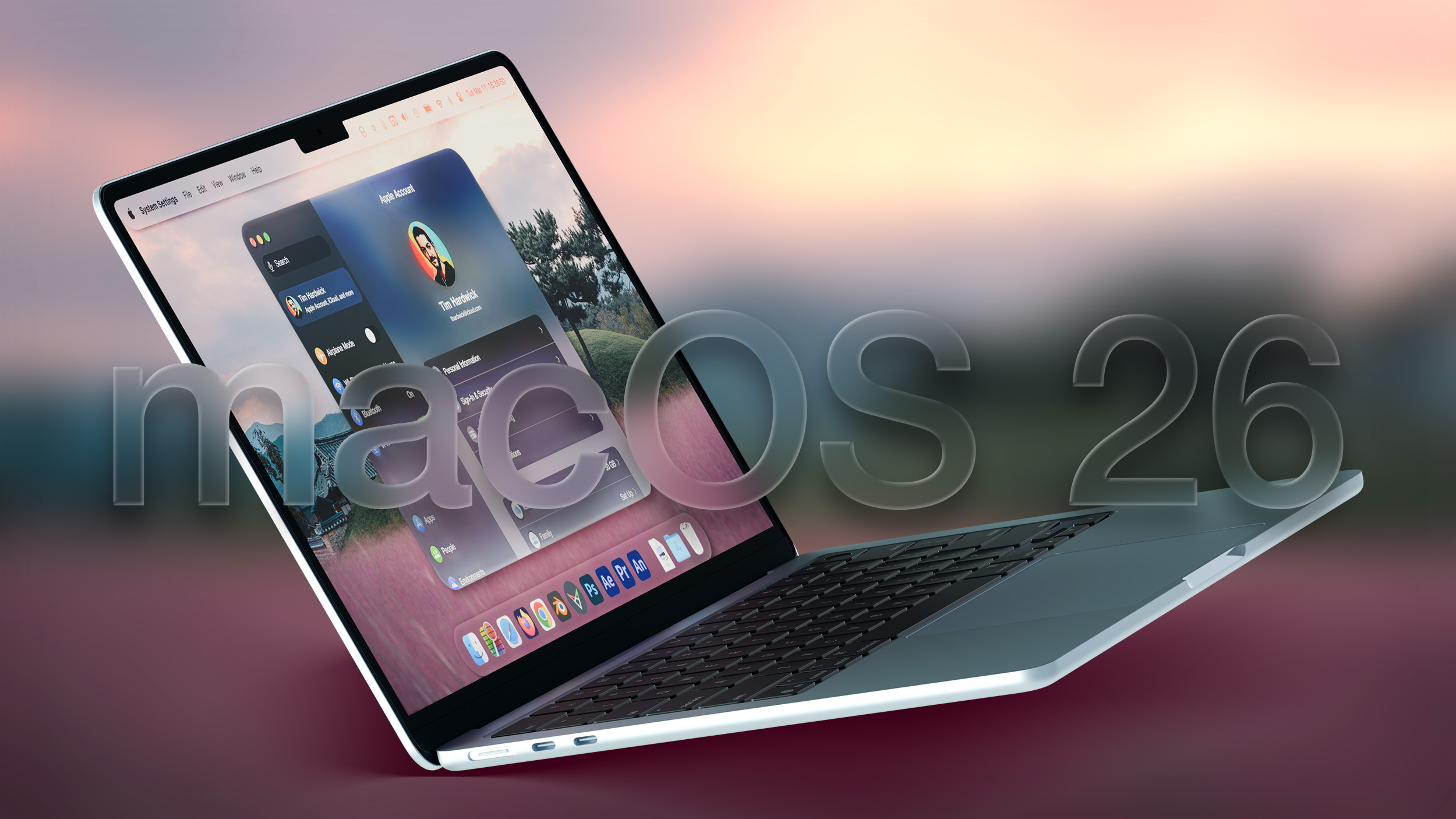

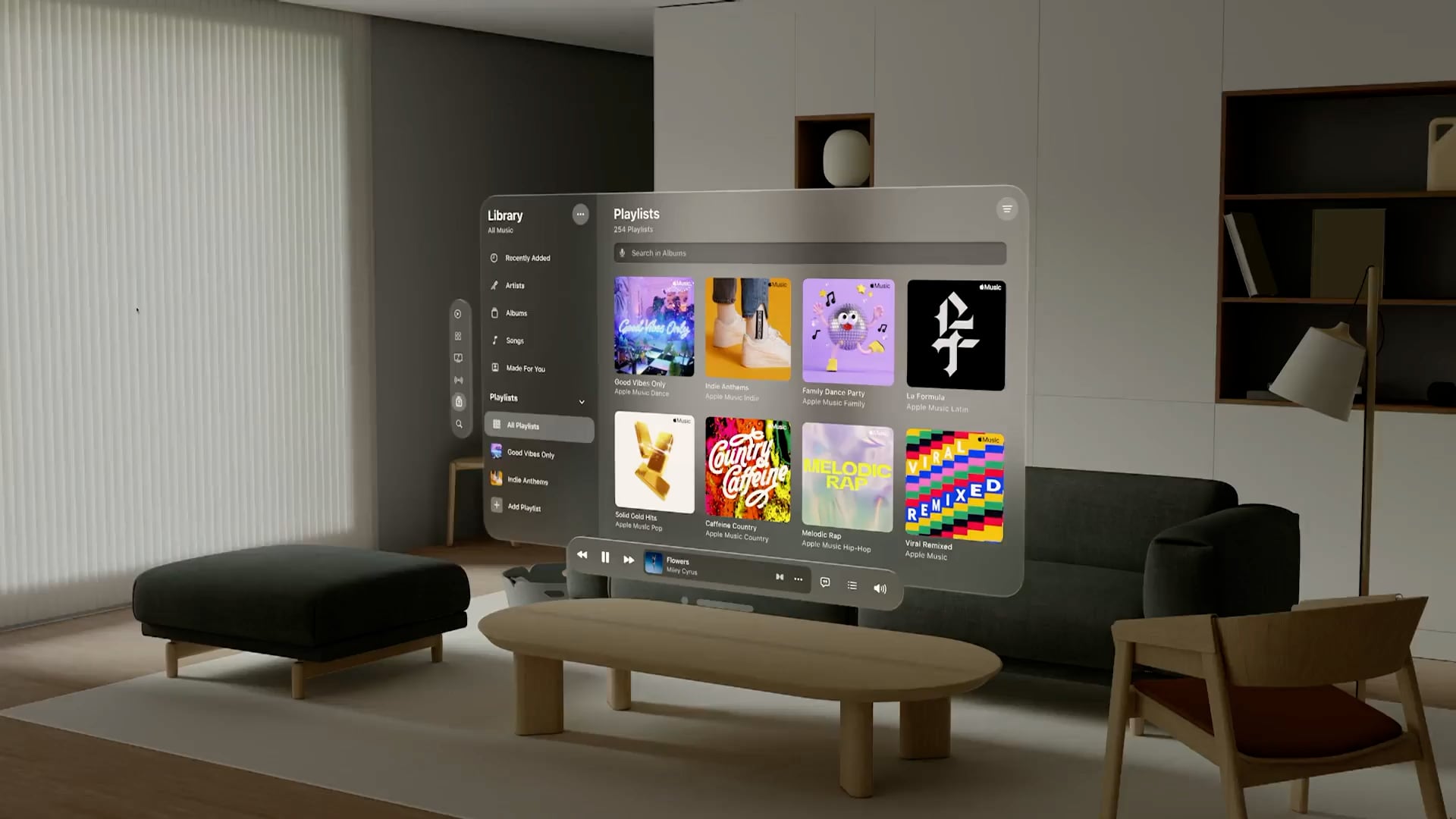



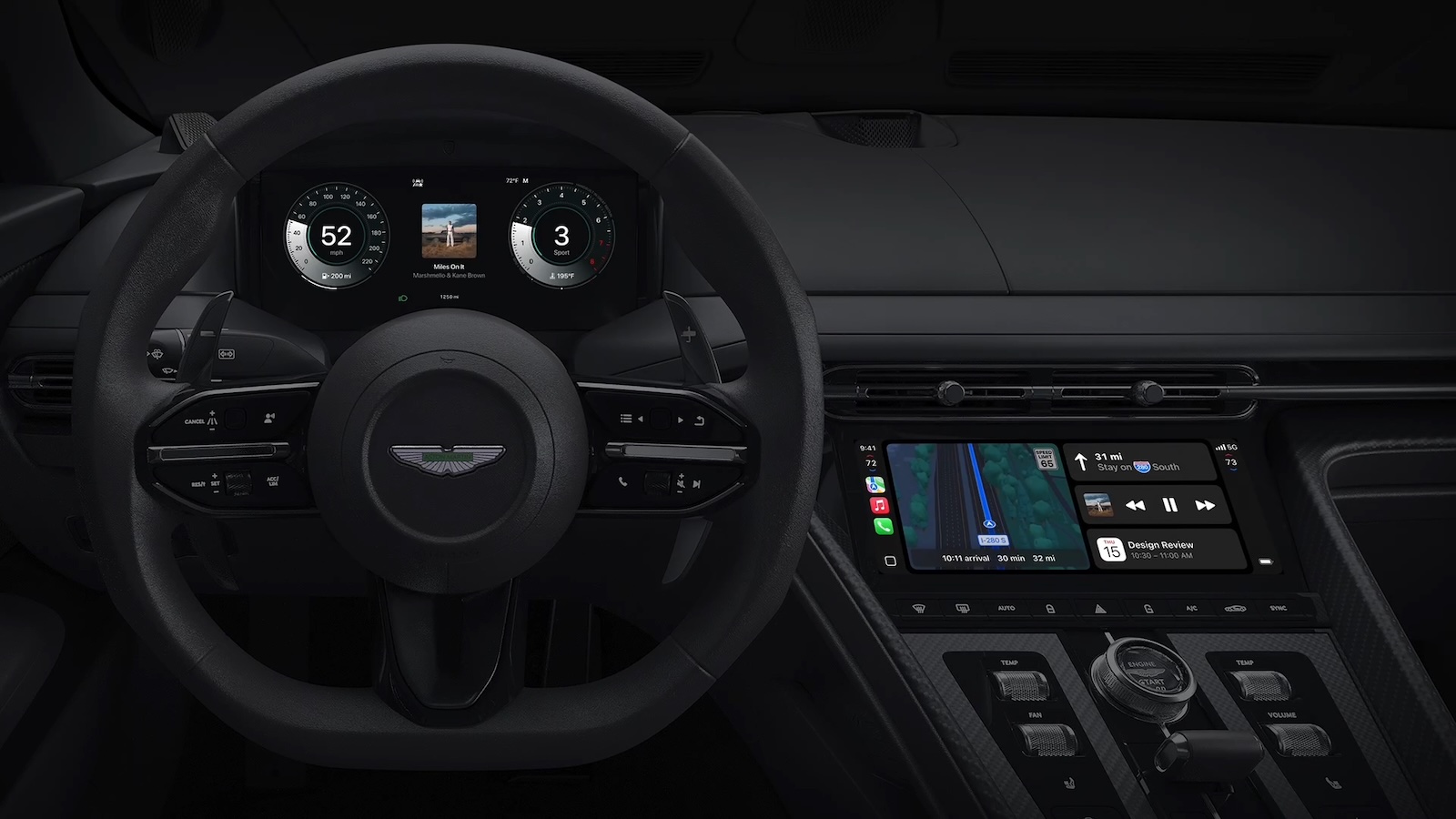
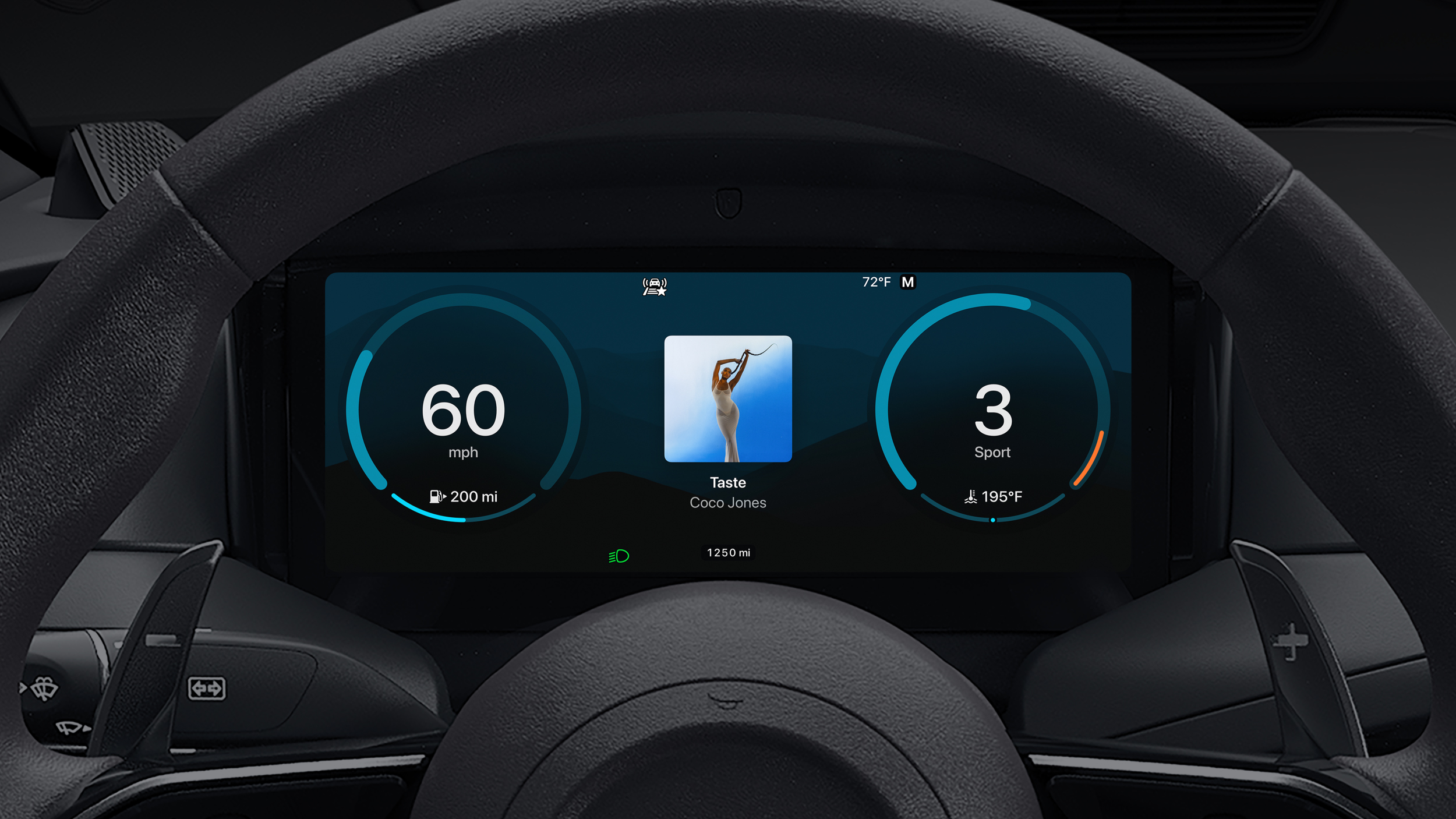
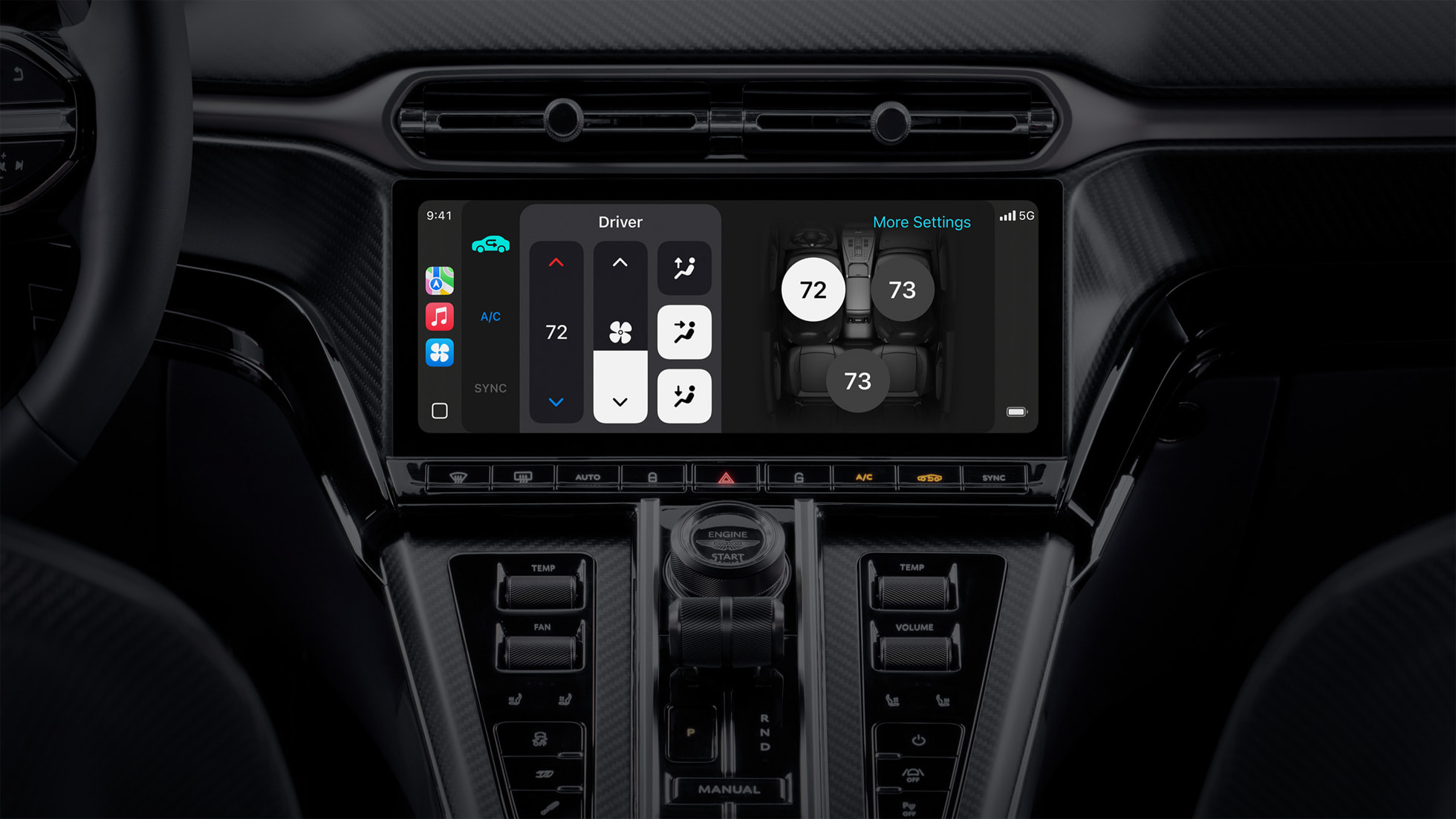
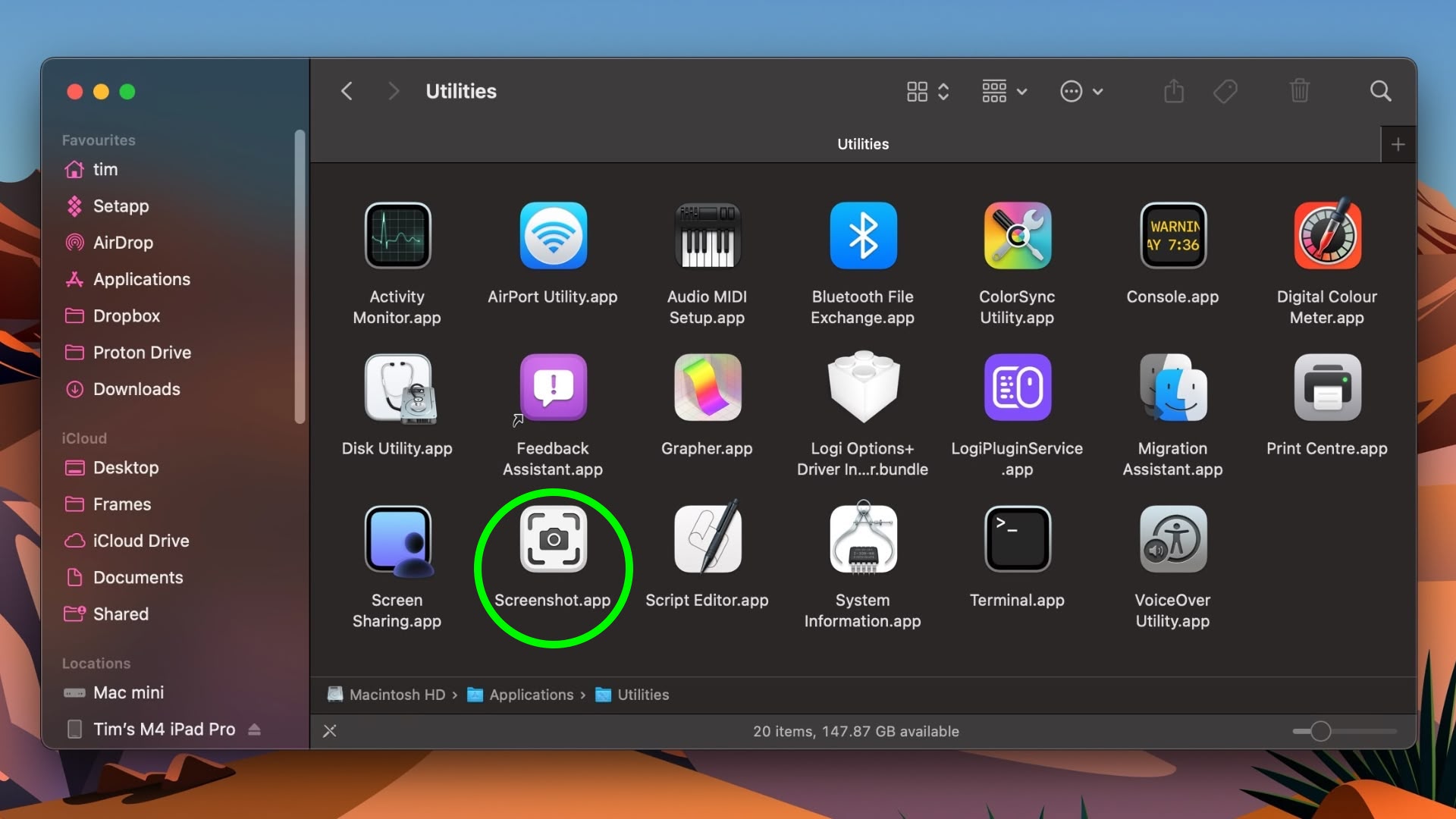
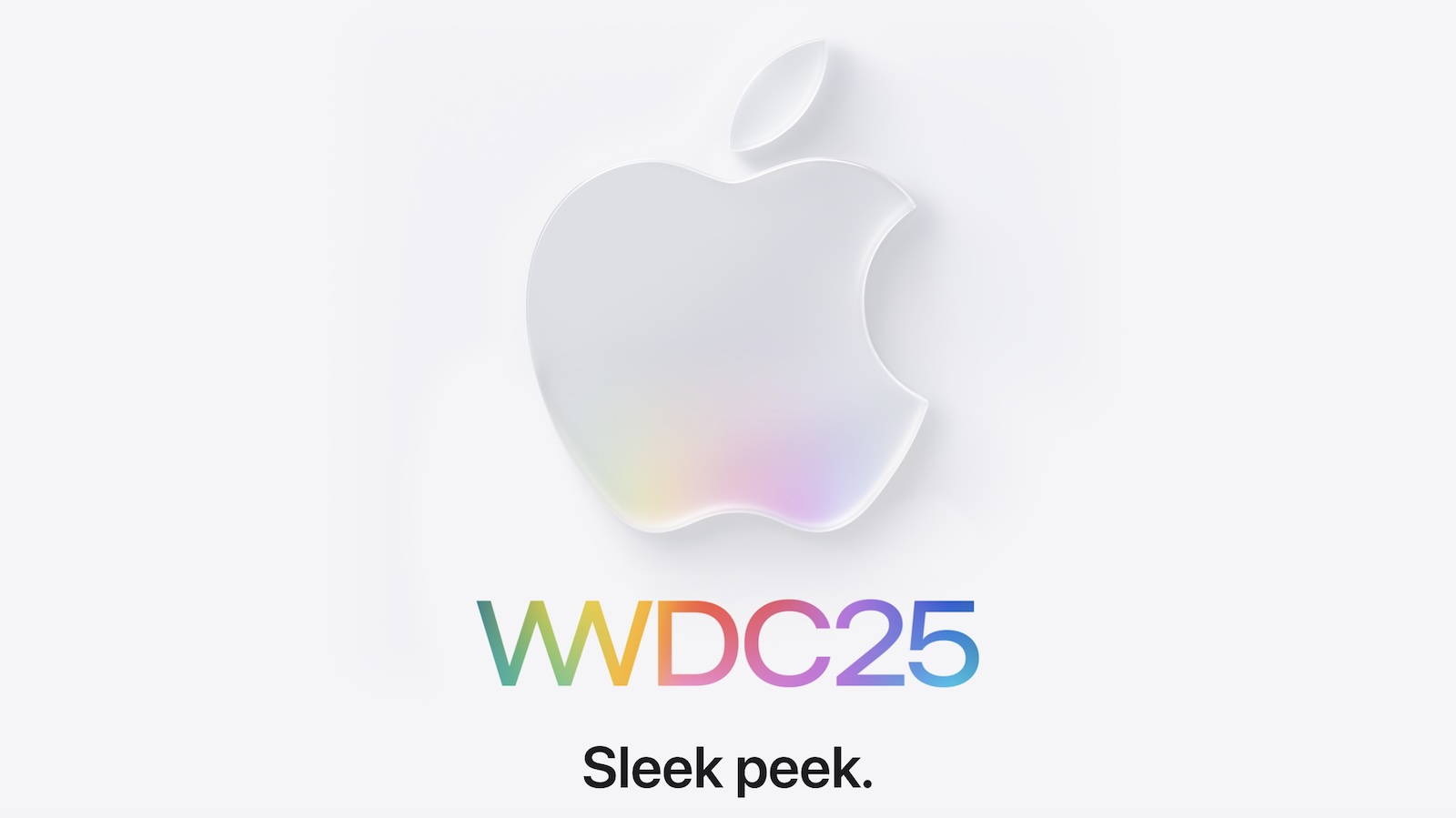
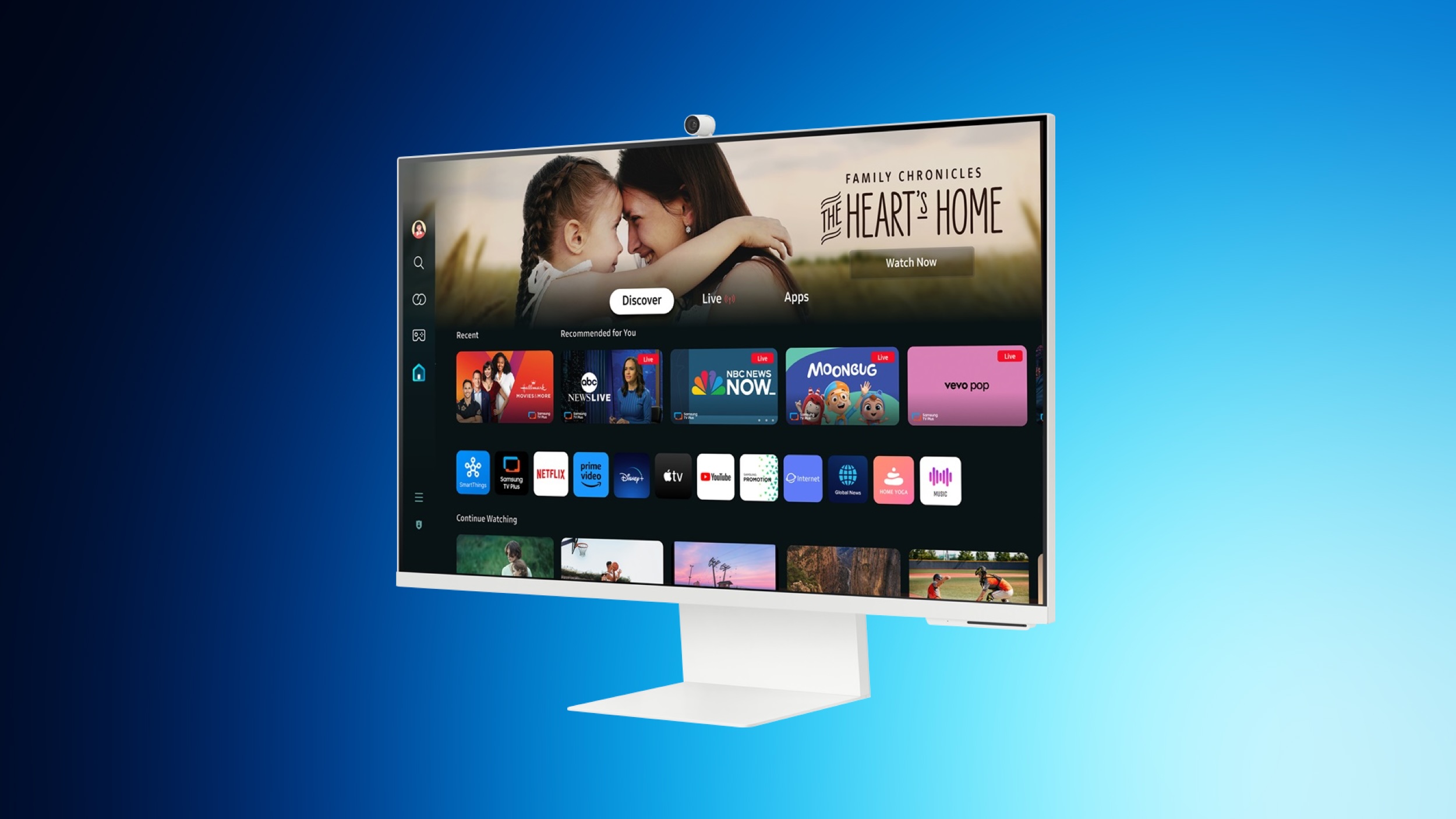 Note: MacRumors is an affiliate partner with Samsung. When you click a link and make a purchase, we may receive a small payment, which helps us keep the site running.
Note: MacRumors is an affiliate partner with Samsung. When you click a link and make a purchase, we may receive a small payment, which helps us keep the site running.

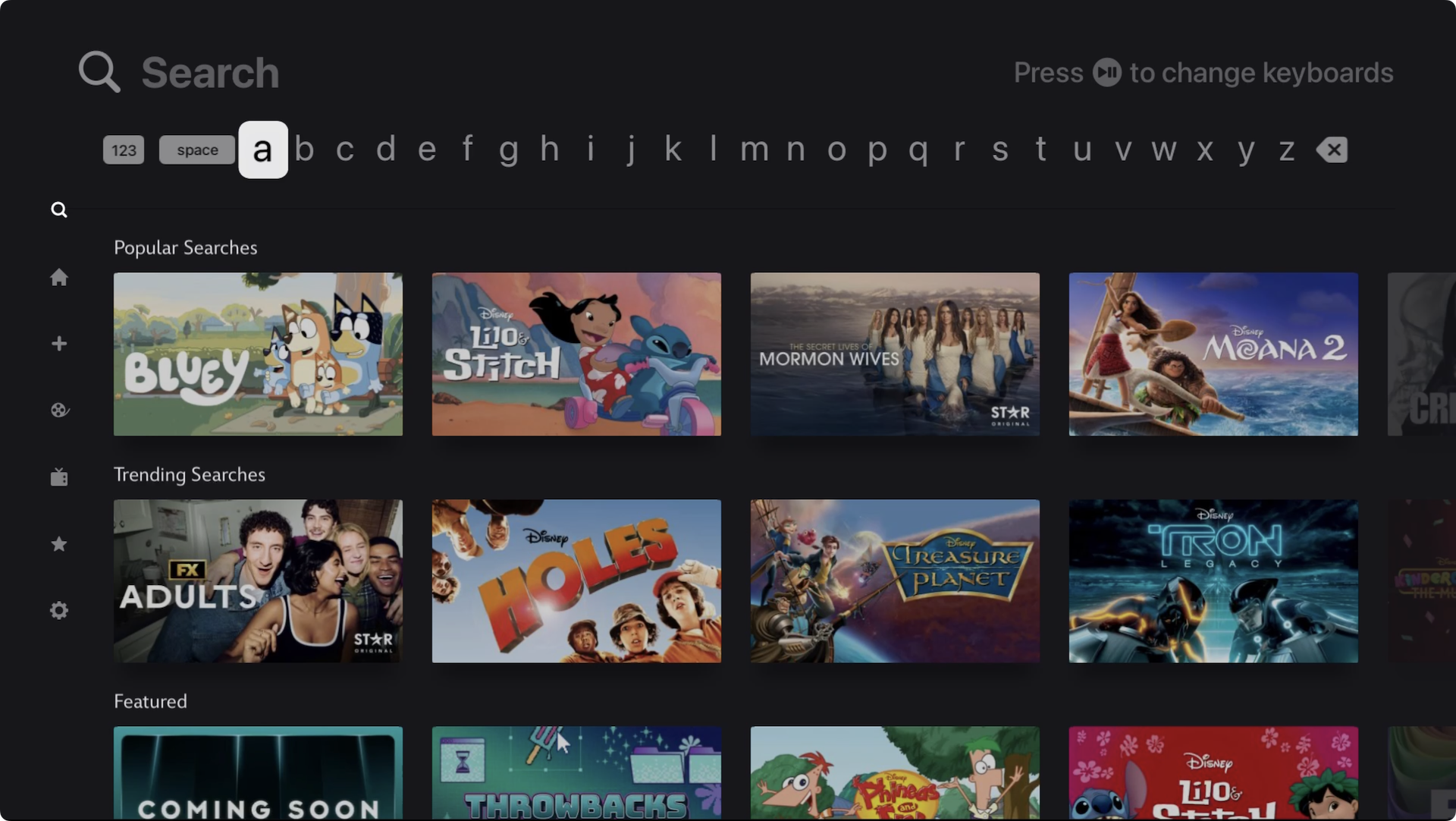

 Note: MacRumors is an affiliate partner with some of these vendors. When you click a link and make a purchase, we may receive a small payment, which helps us keep the site running.
Note: MacRumors is an affiliate partner with some of these vendors. When you click a link and make a purchase, we may receive a small payment, which helps us keep the site running.
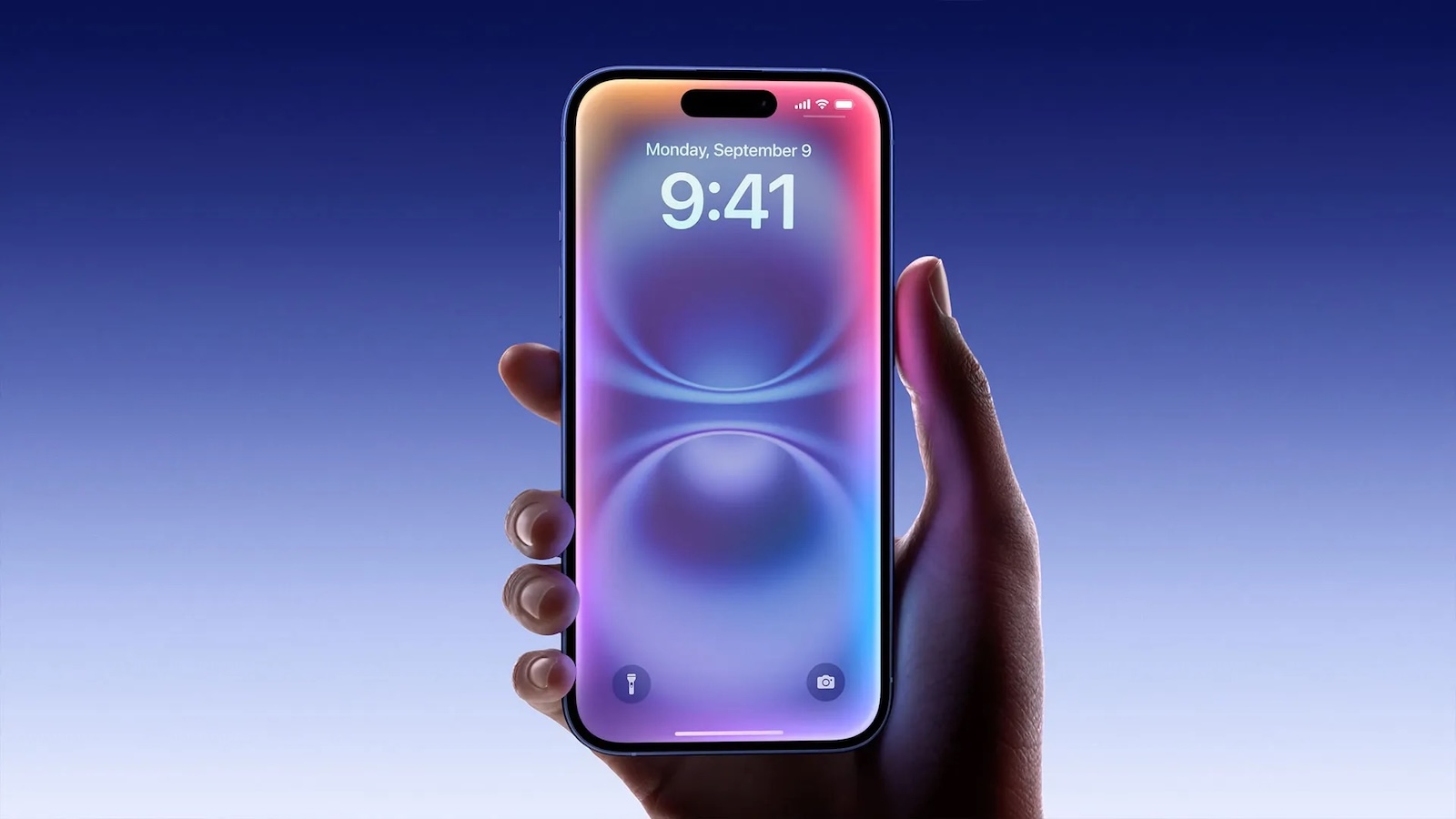
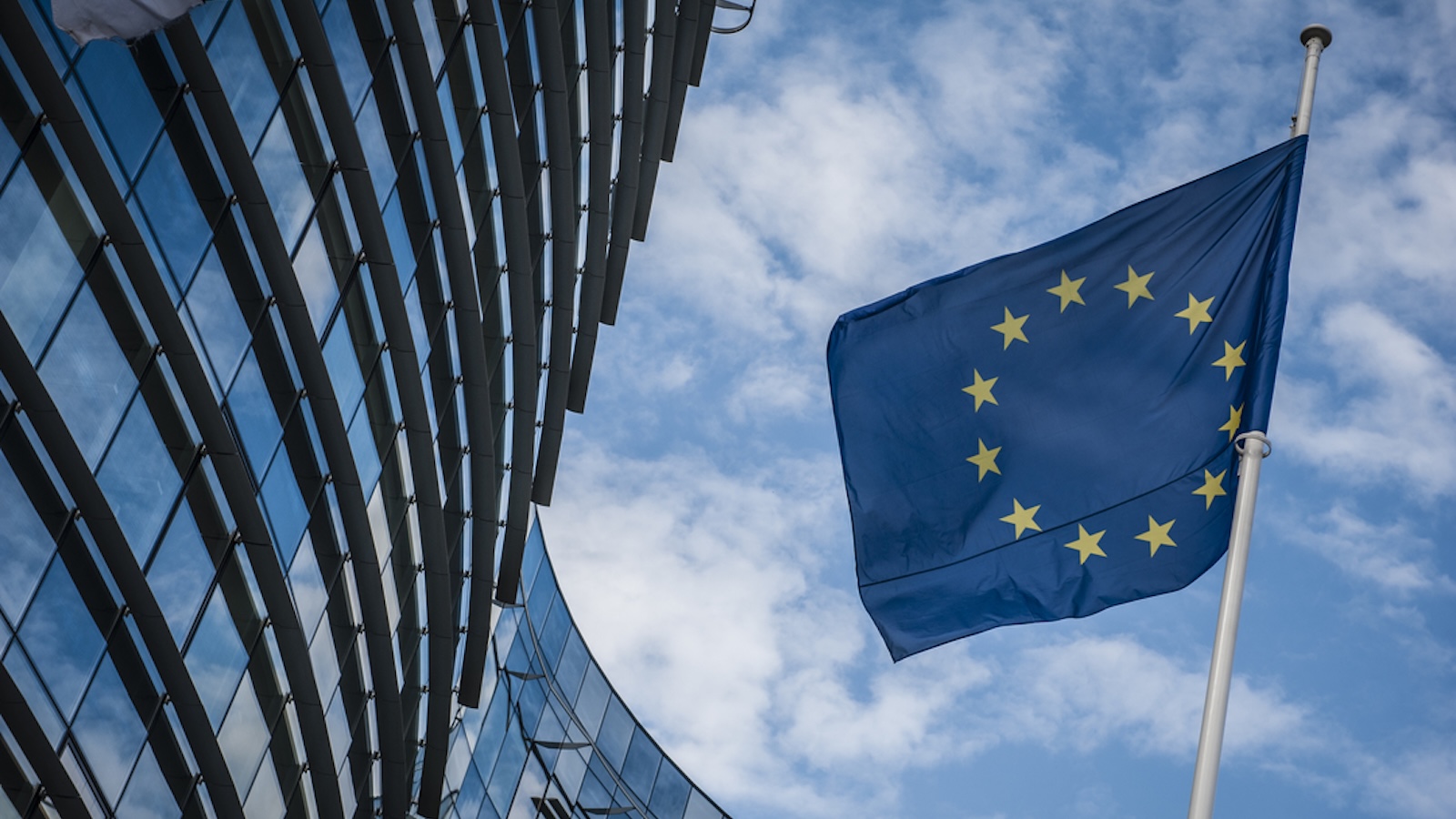

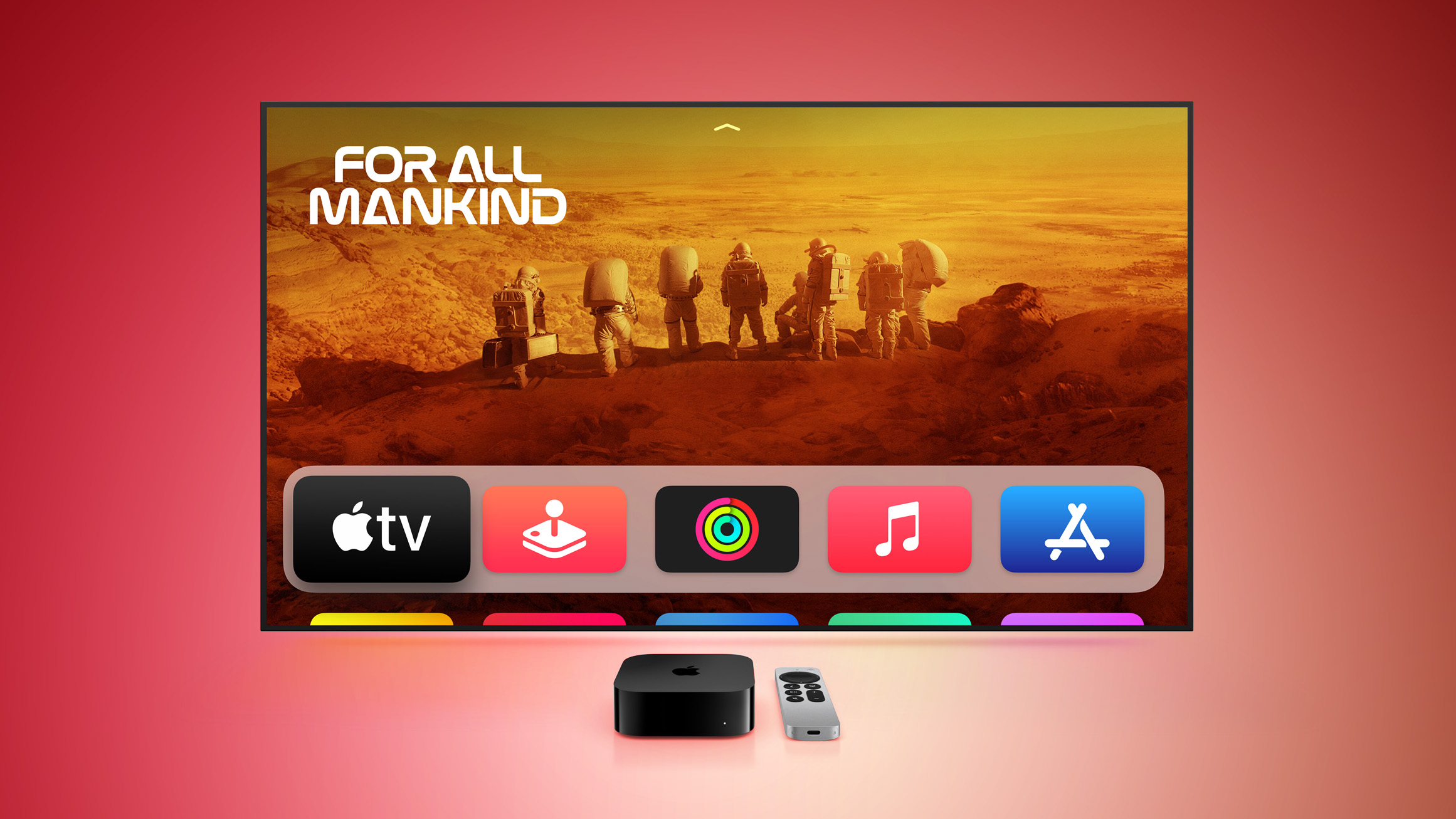

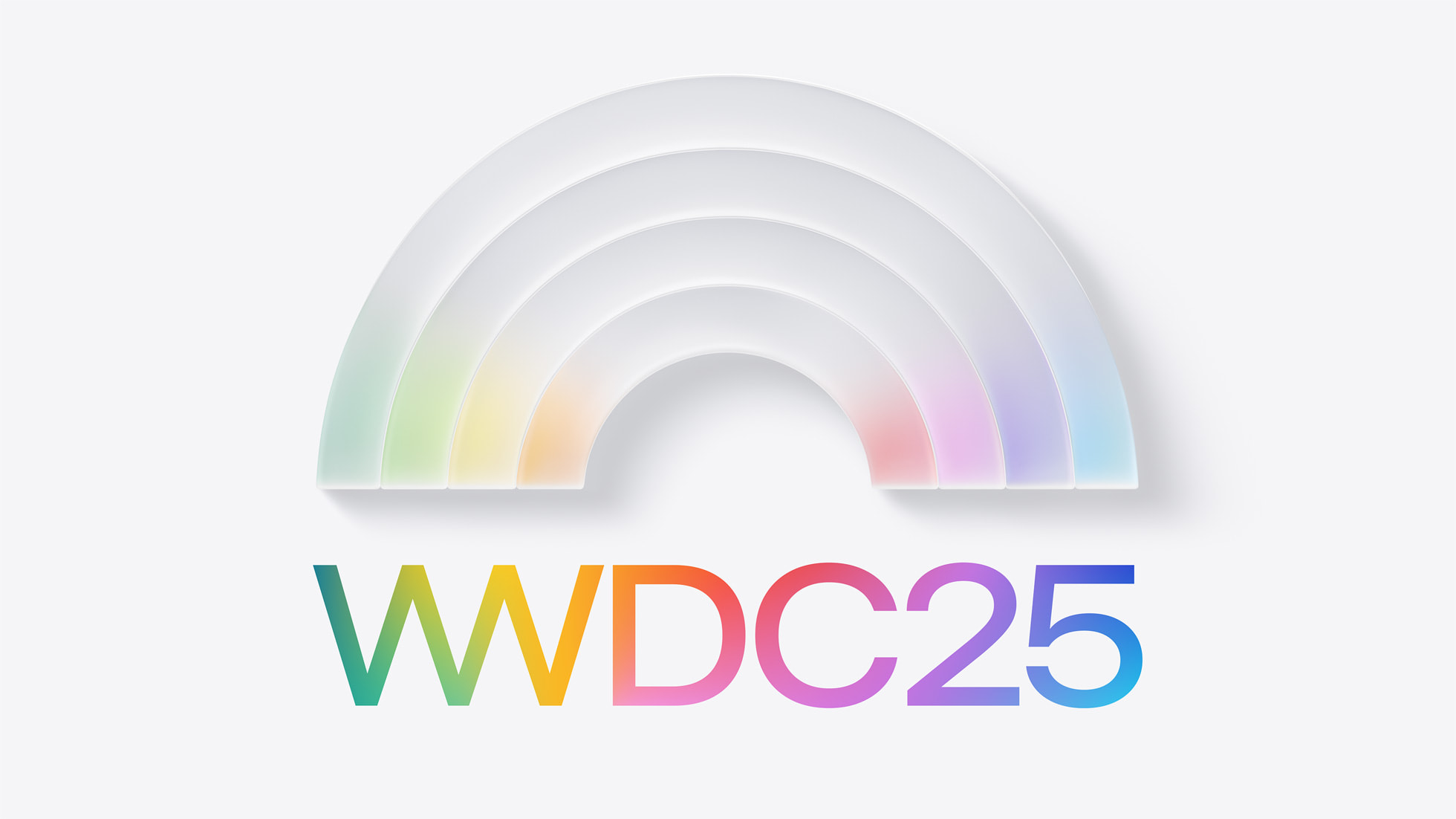
 Note: MacRumors is an affiliate partner with Amazon. When you click a link and make a purchase, we may receive a small payment, which helps us keep the site running.
Note: MacRumors is an affiliate partner with Amazon. When you click a link and make a purchase, we may receive a small payment, which helps us keep the site running.
 Note: MacRumors is an affiliate partner with Sonos. When you click a link and make a purchase, we may receive a small payment, which helps us keep the site running.
Note: MacRumors is an affiliate partner with Sonos. When you click a link and make a purchase, we may receive a small payment, which helps us keep the site running.
